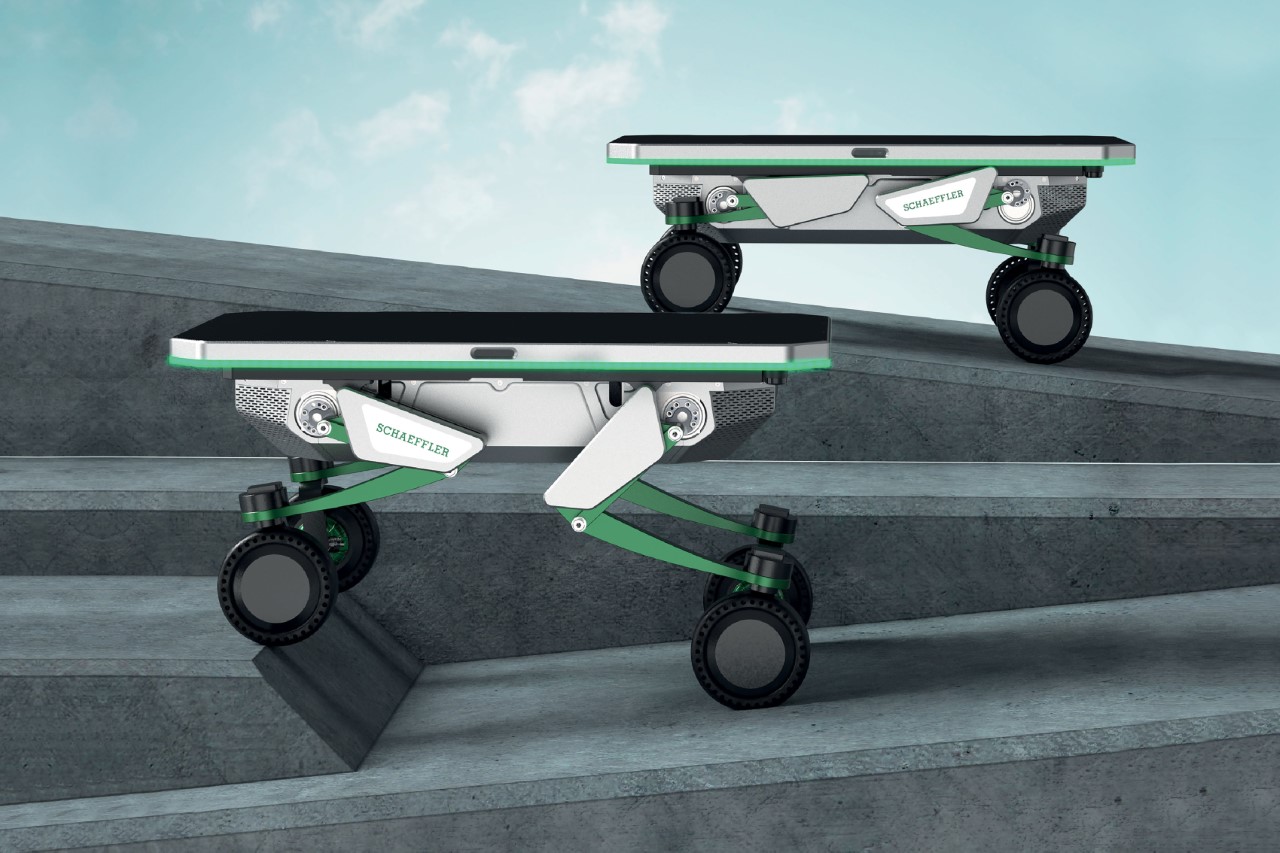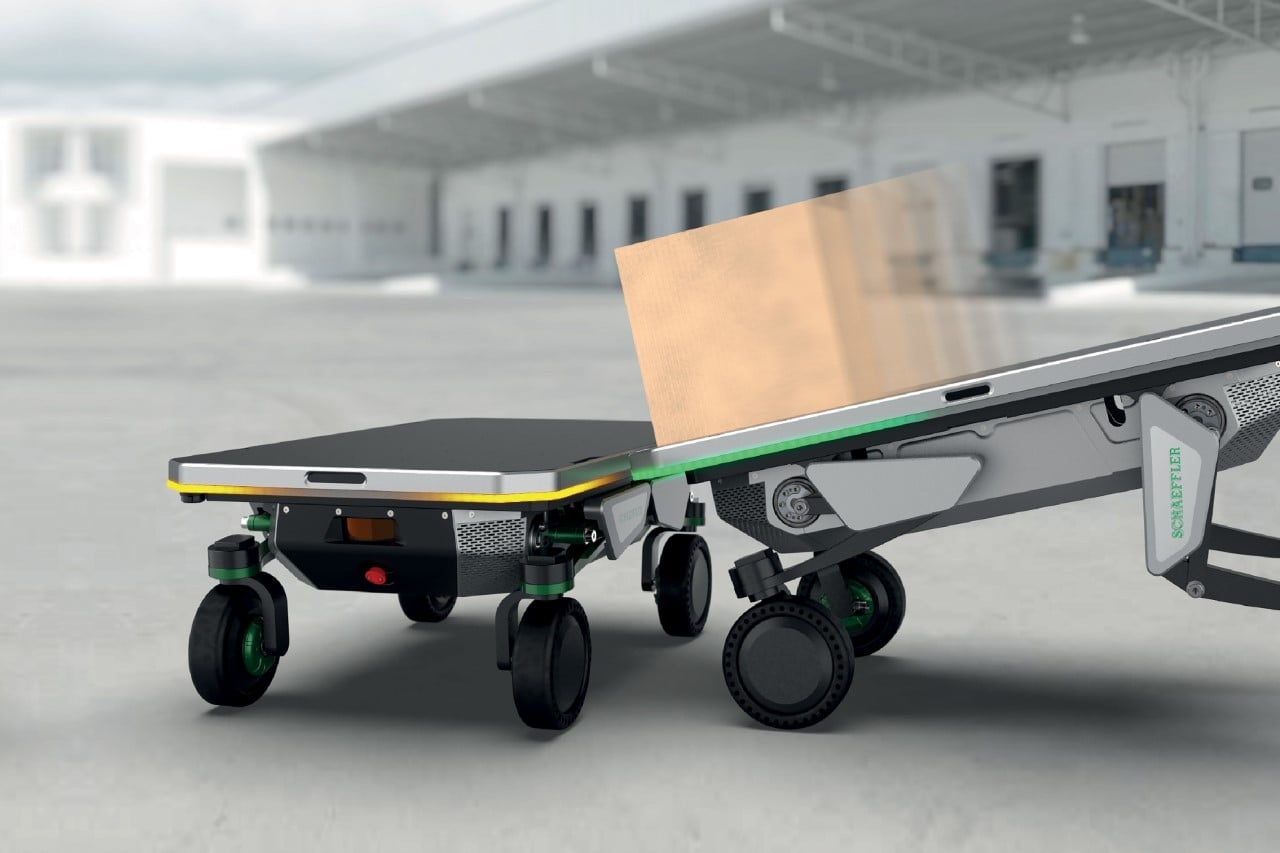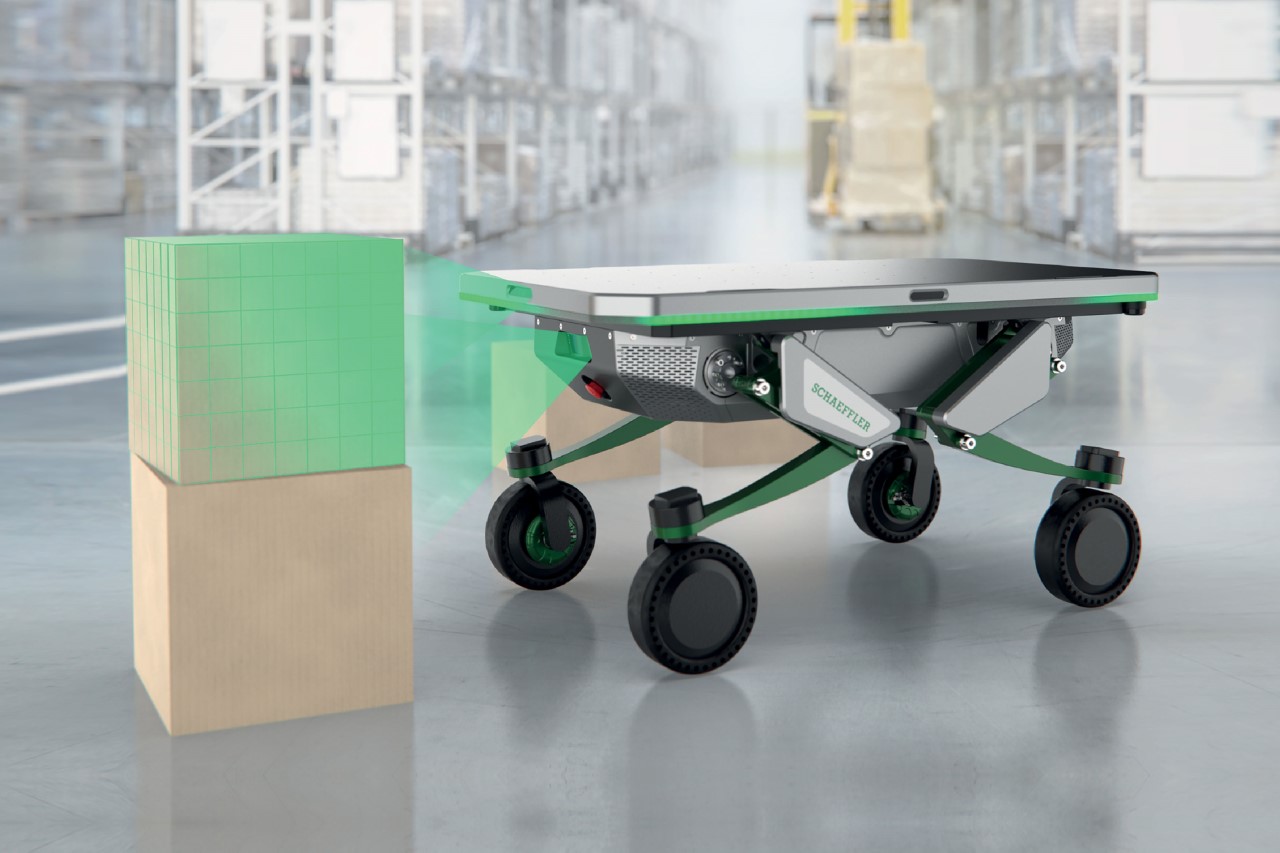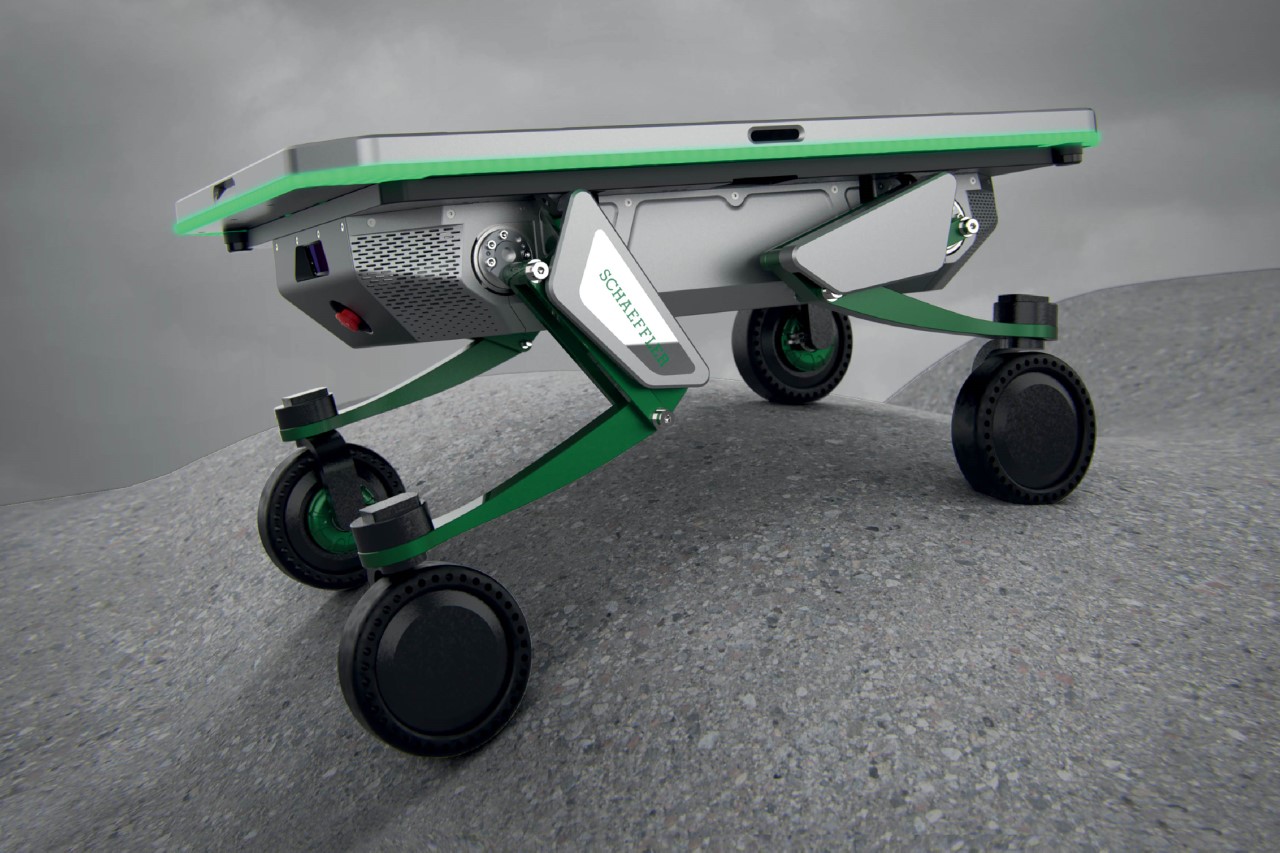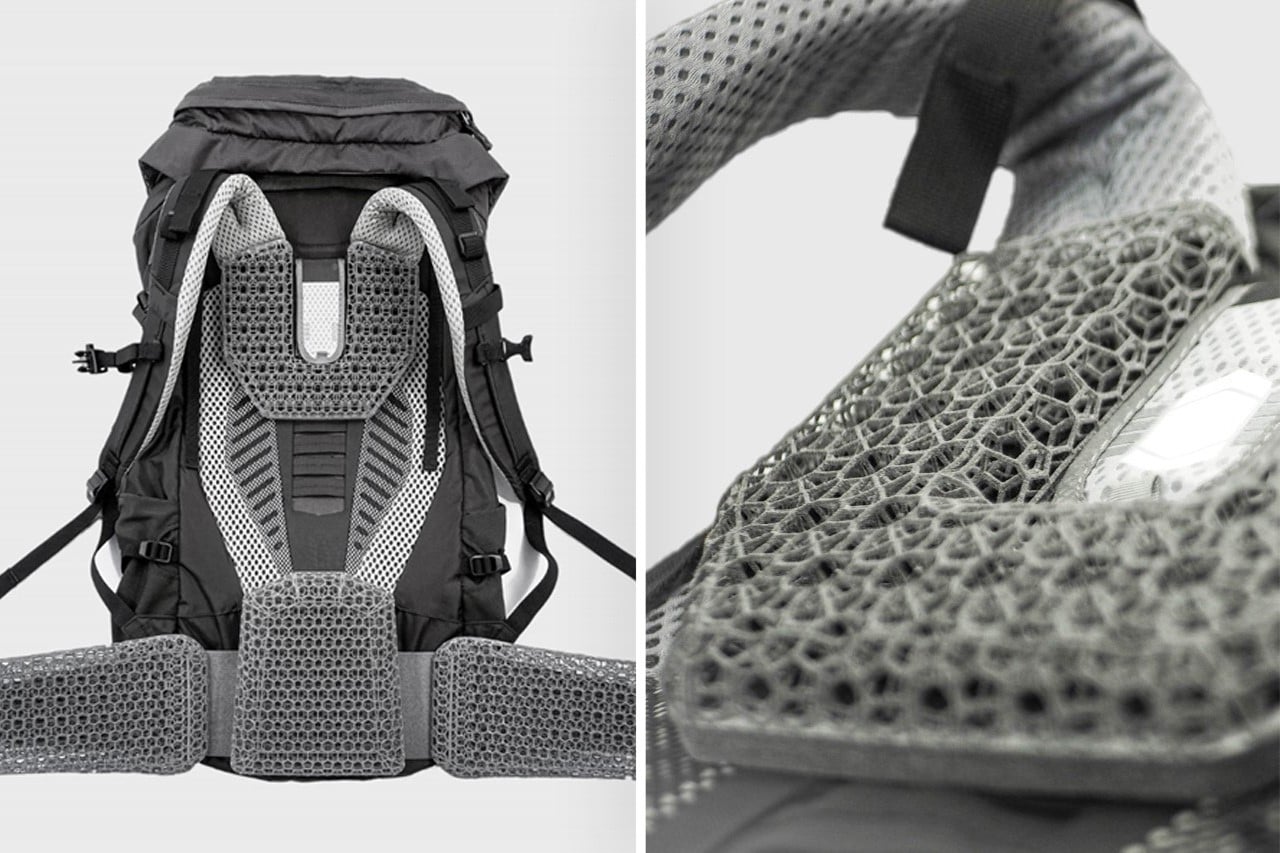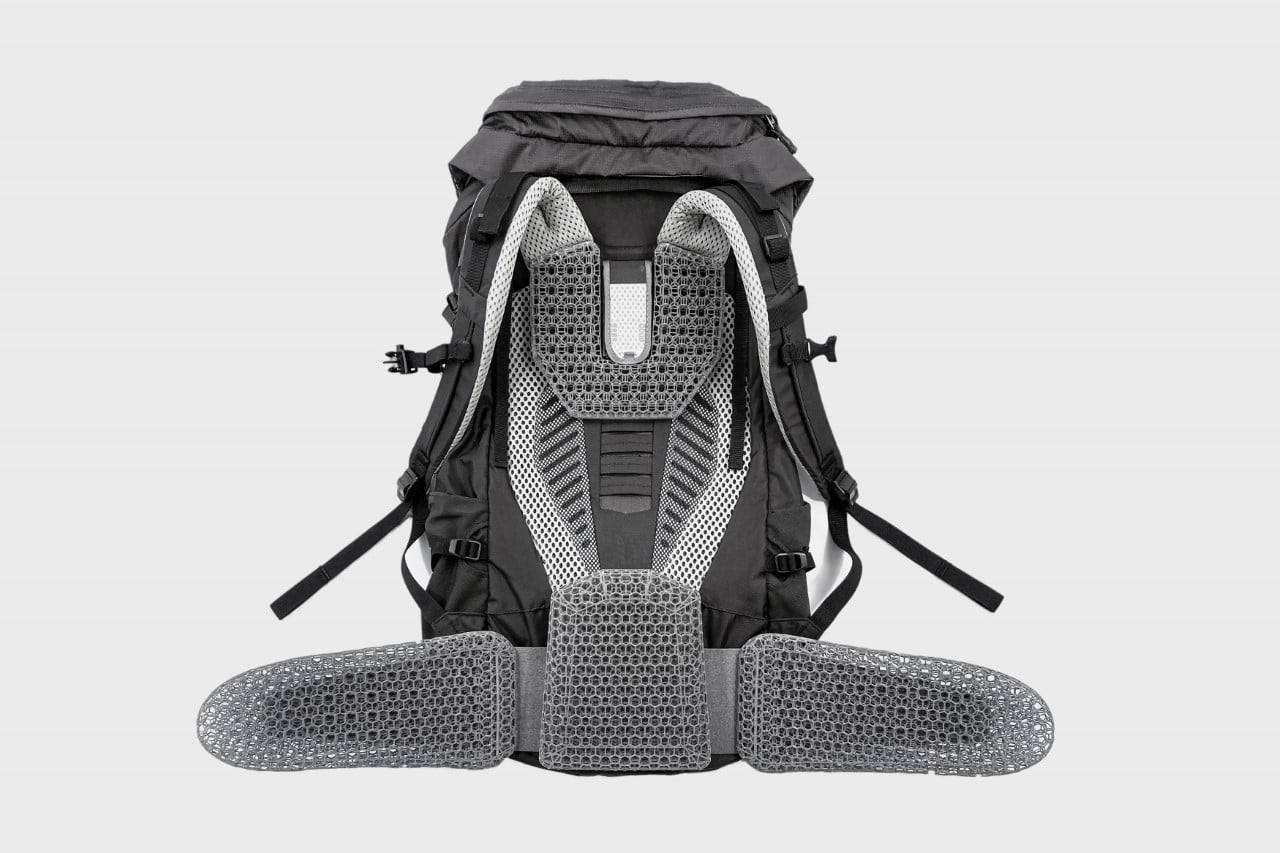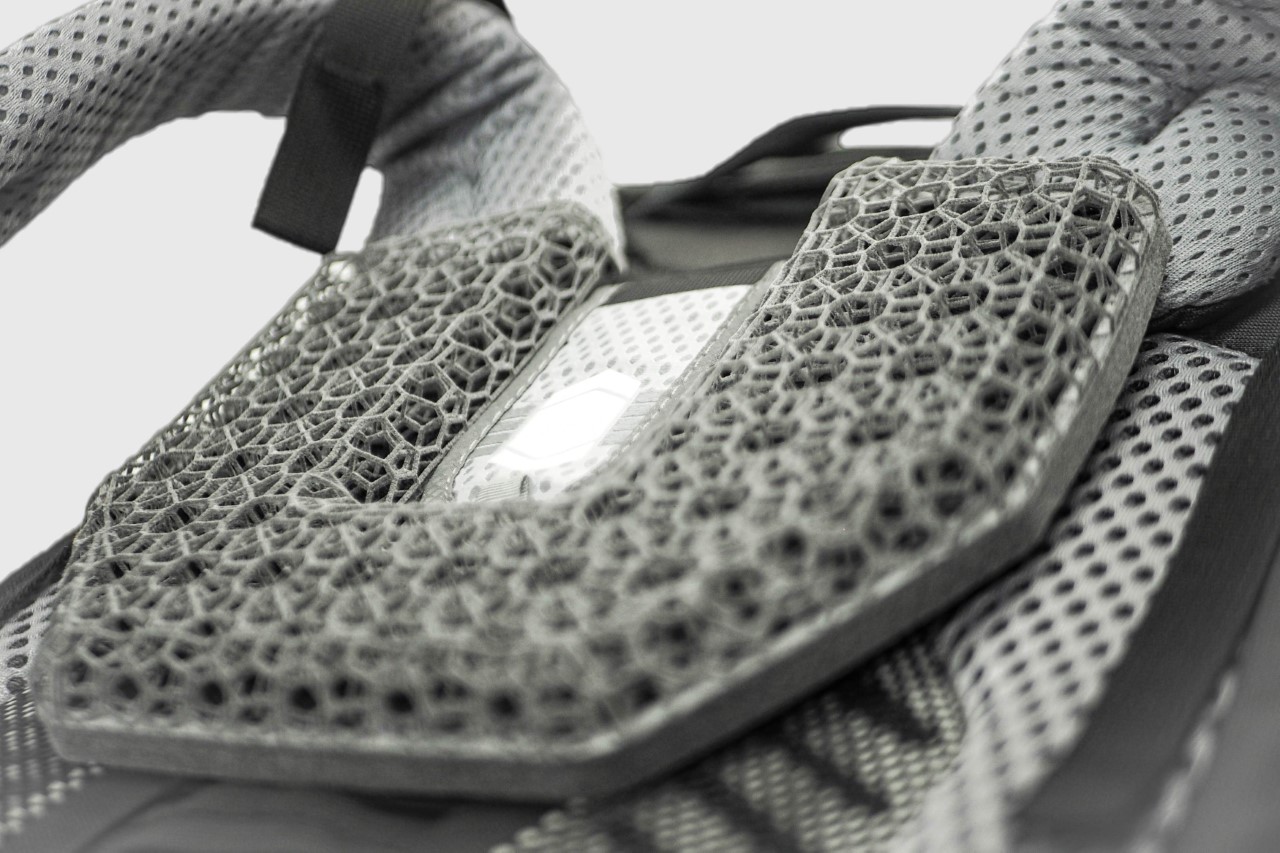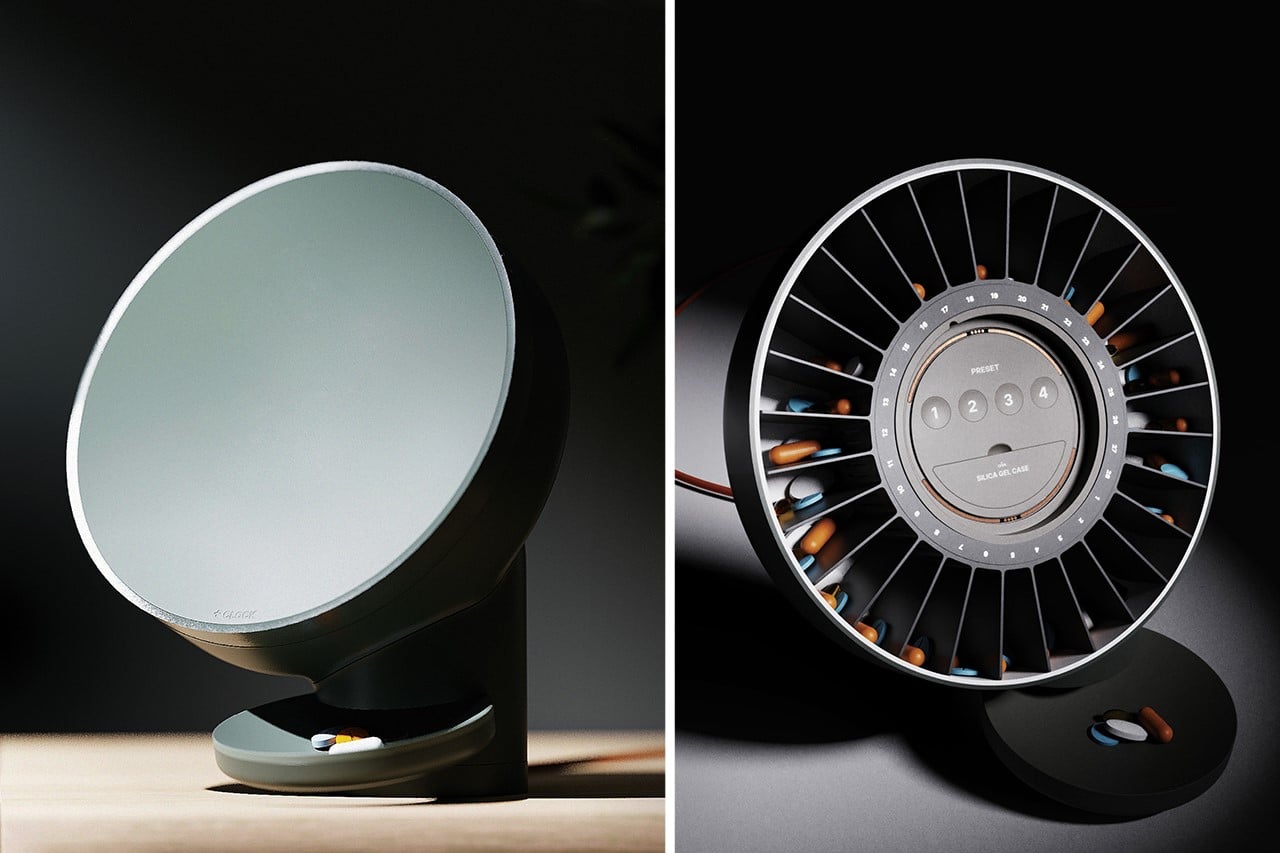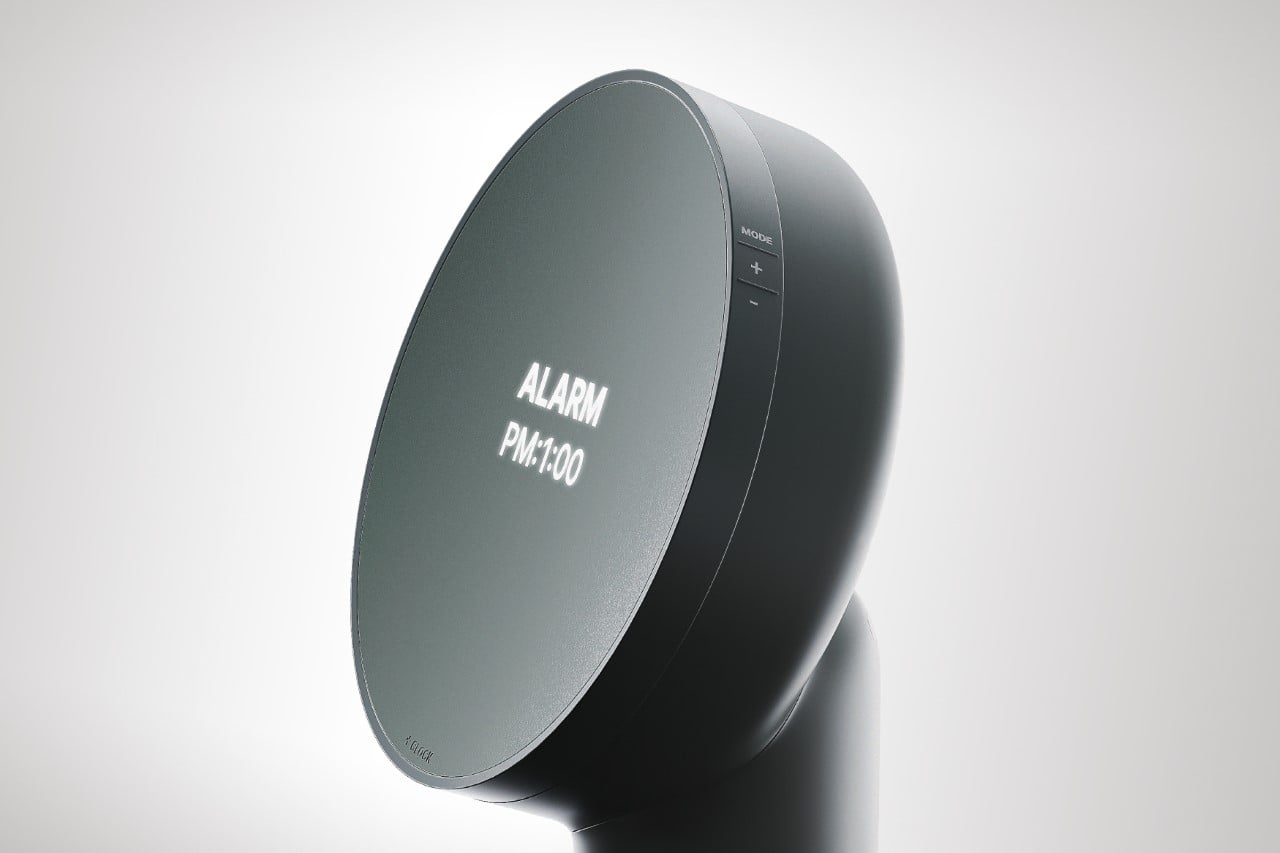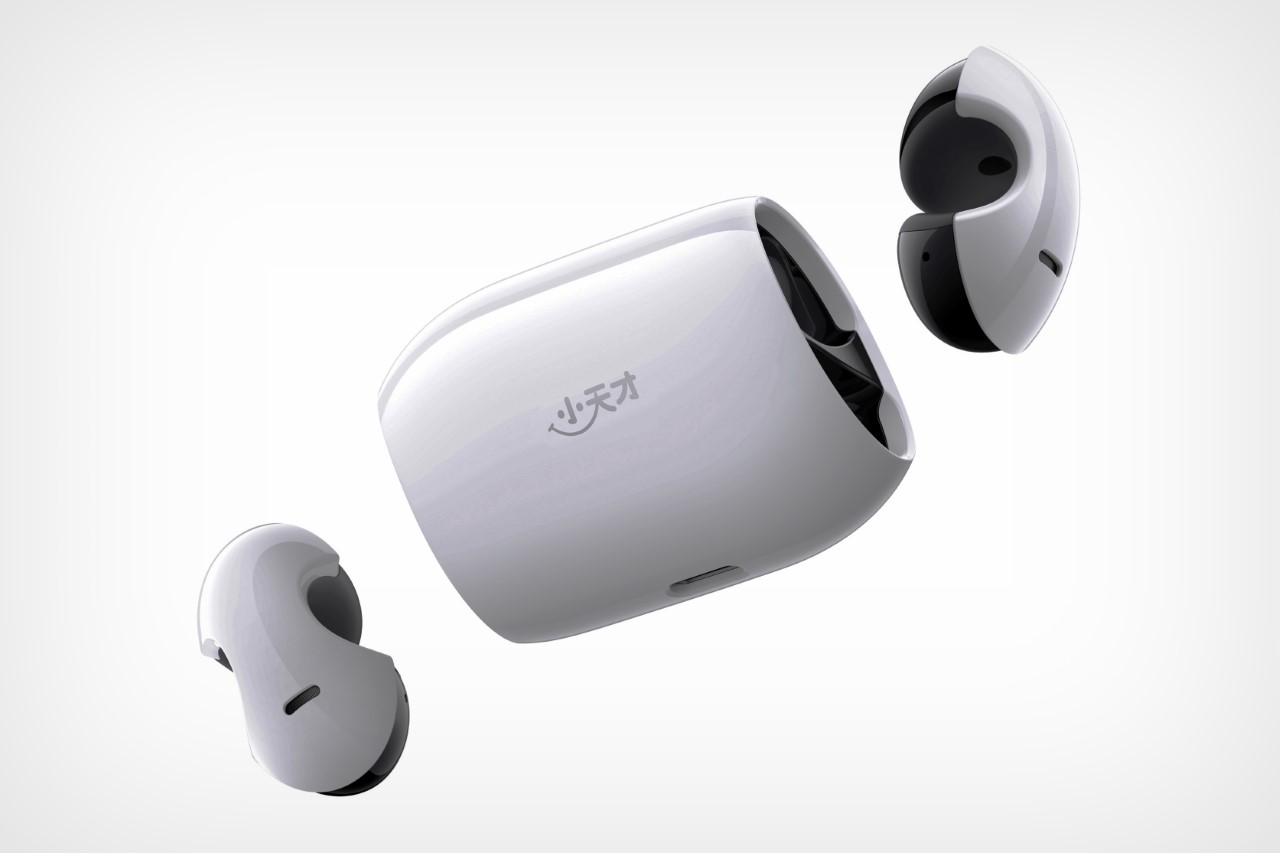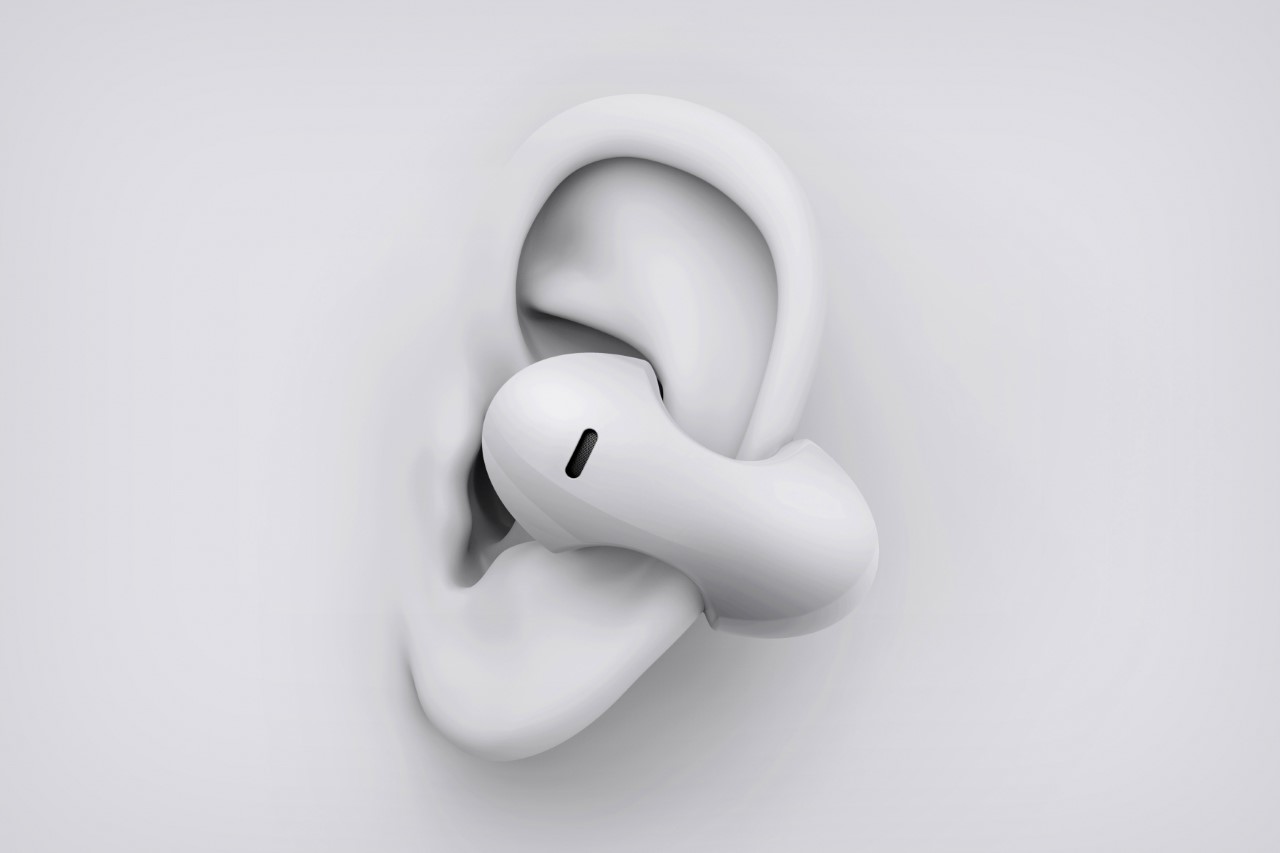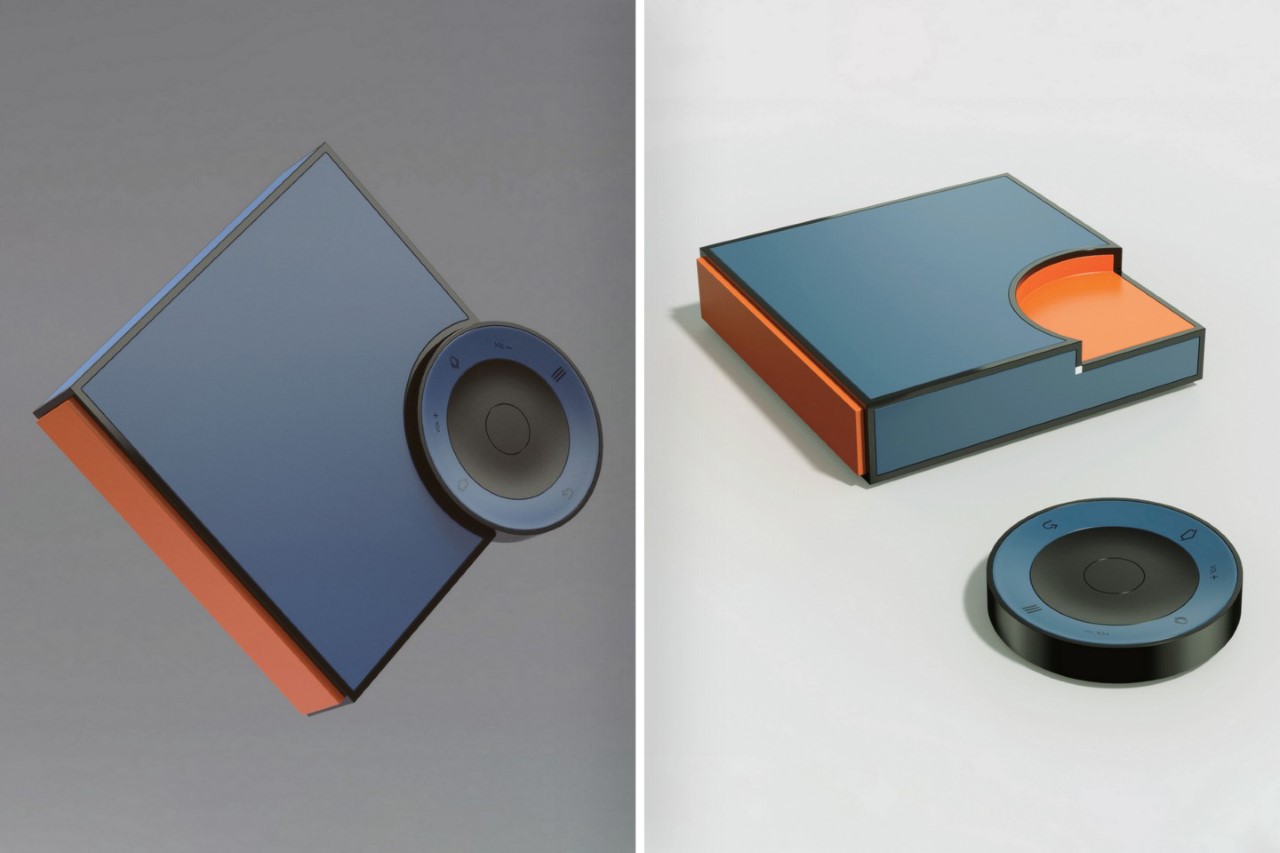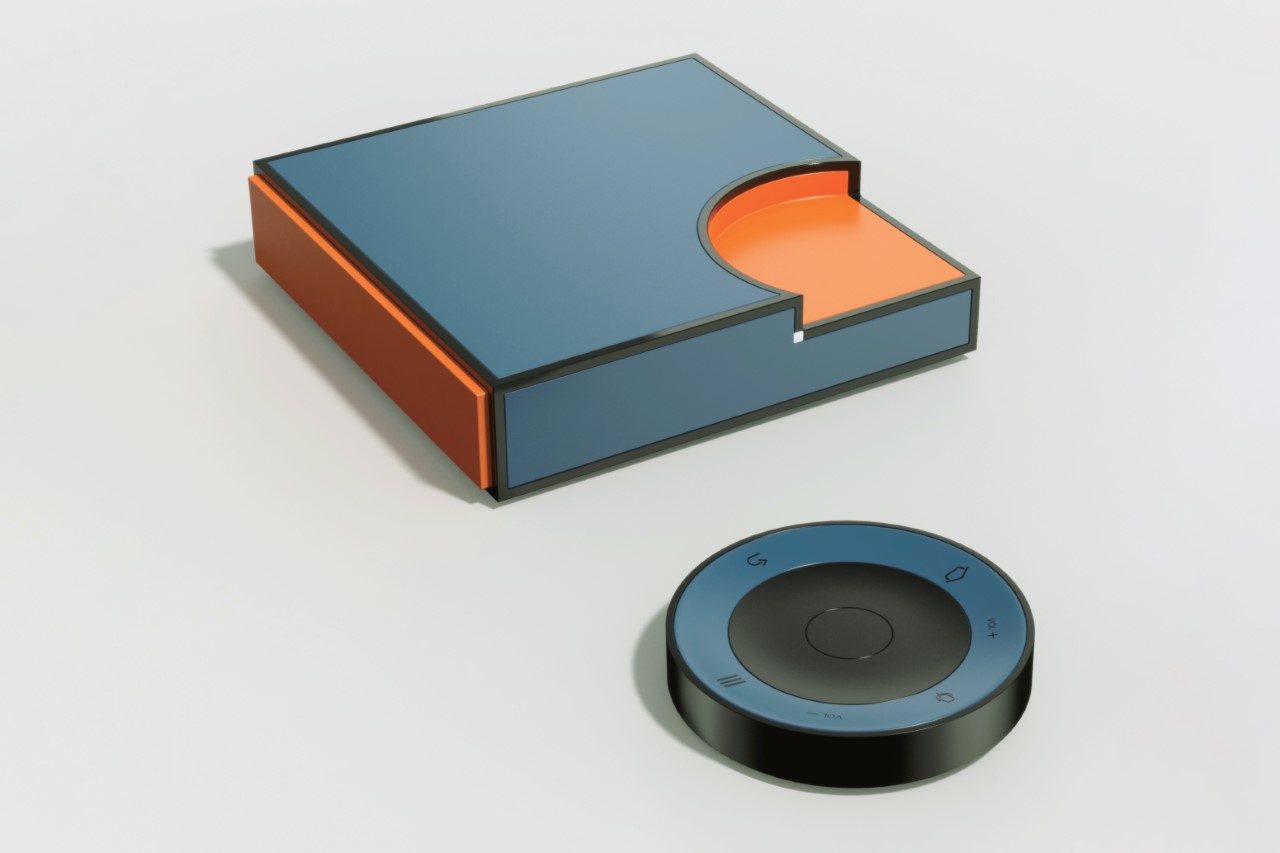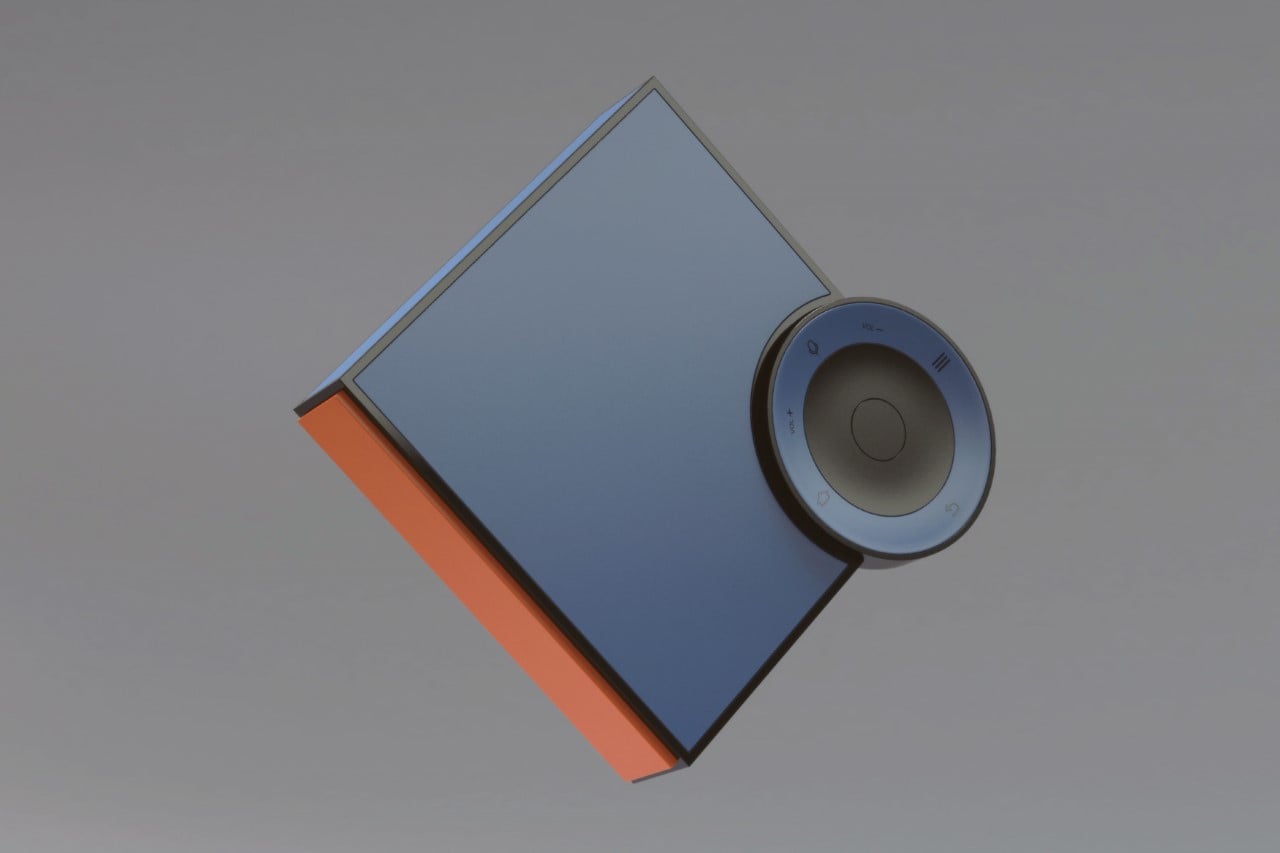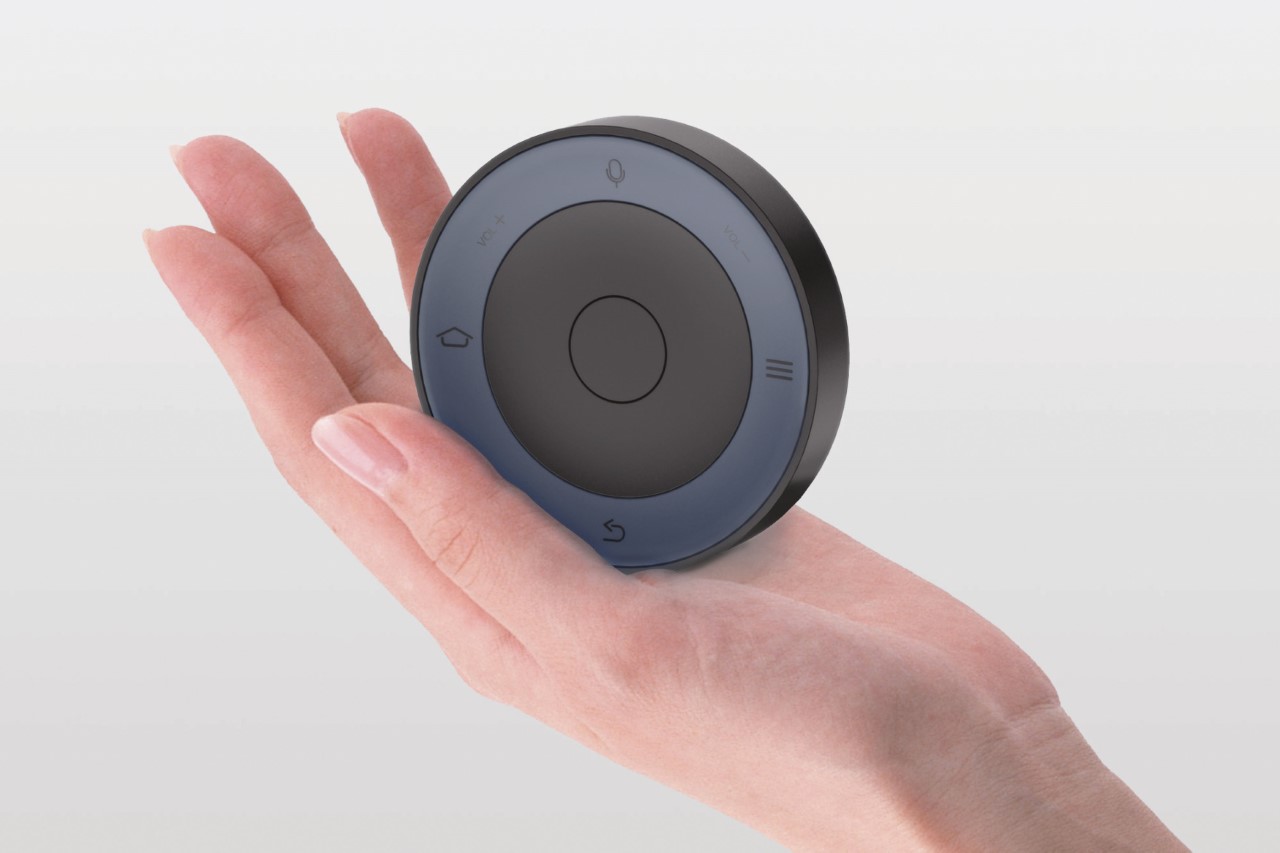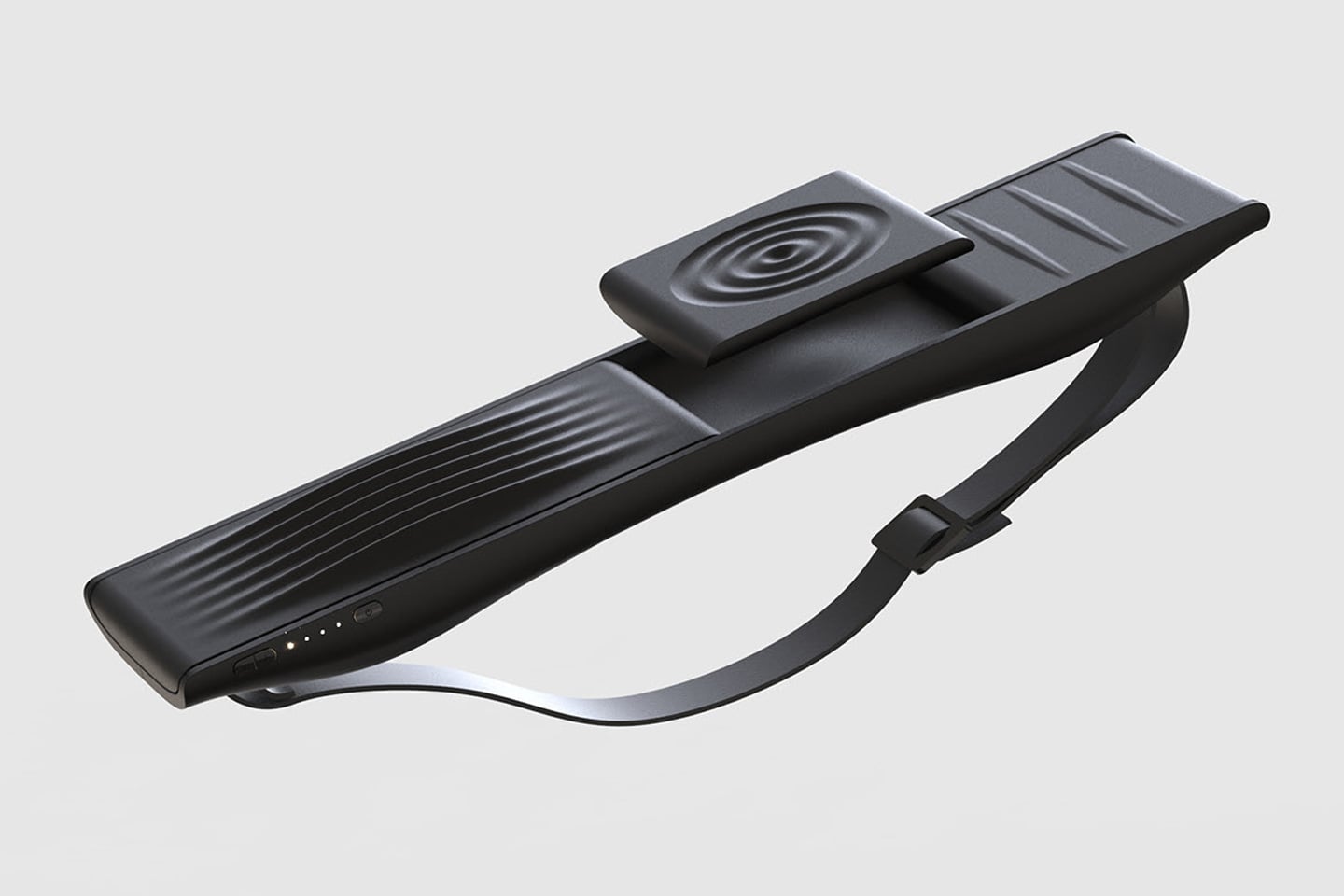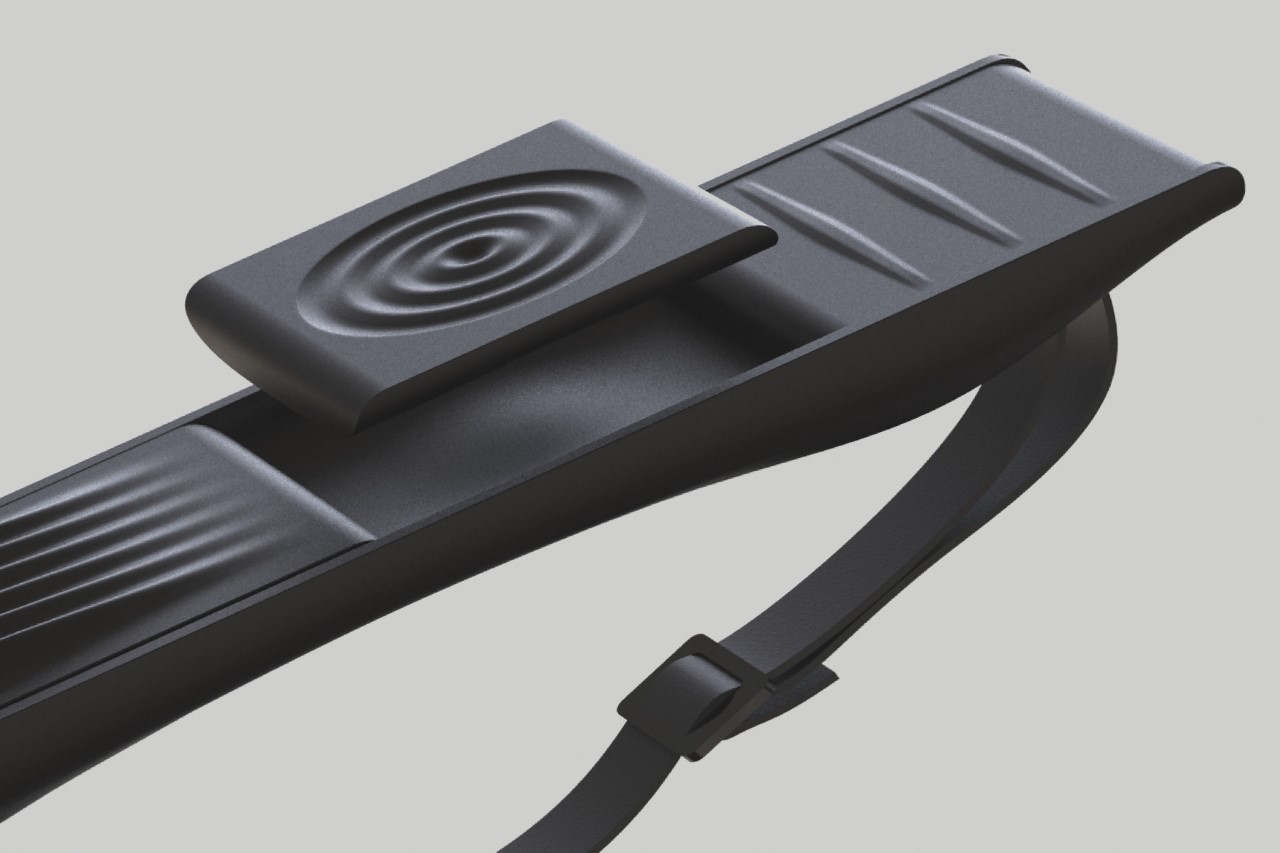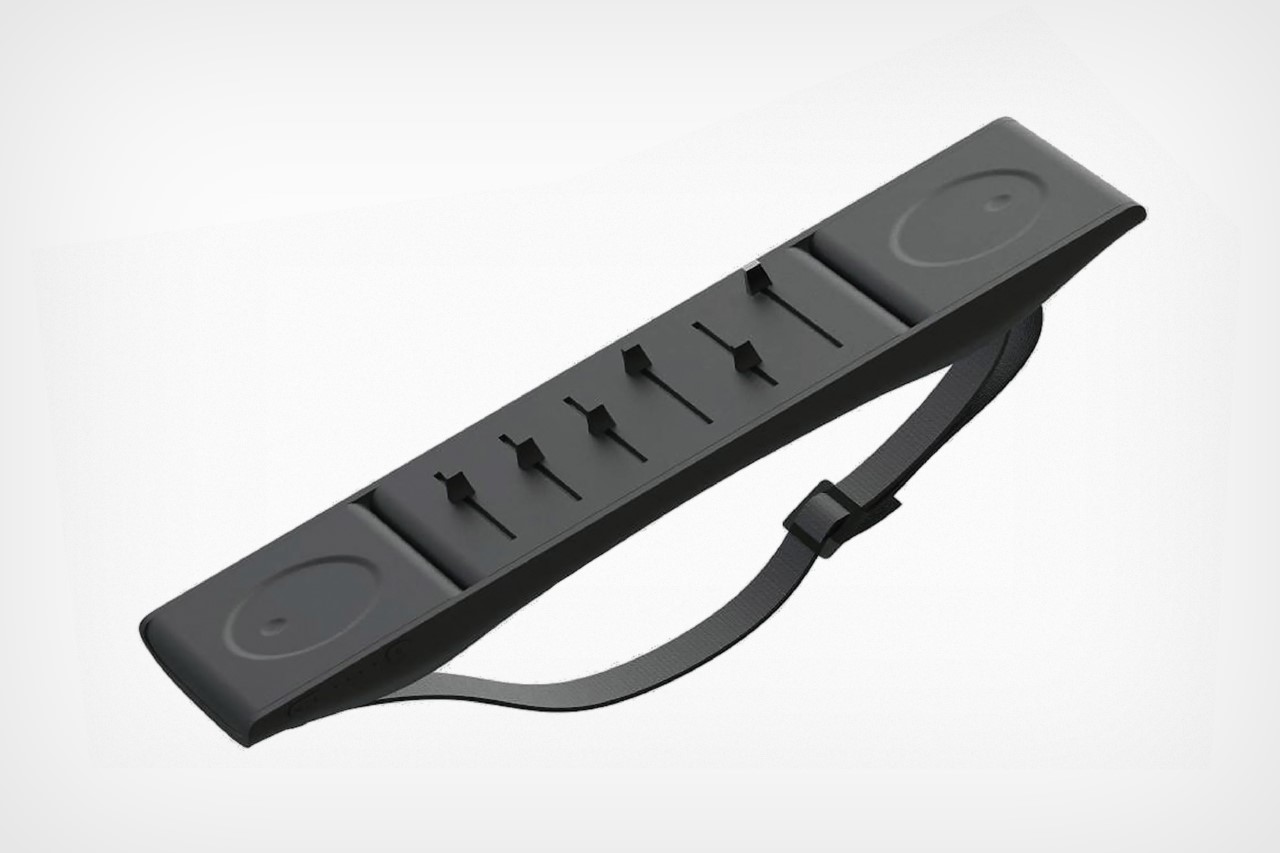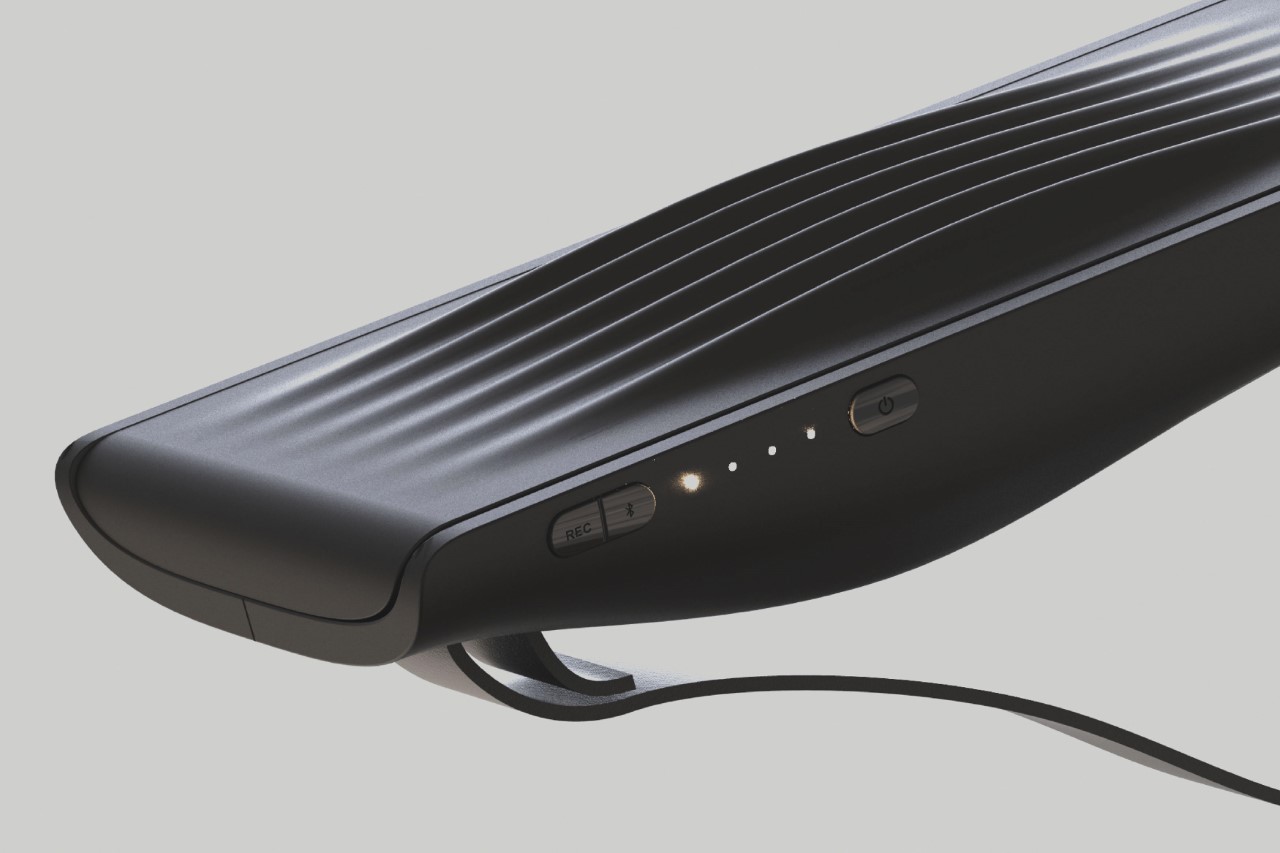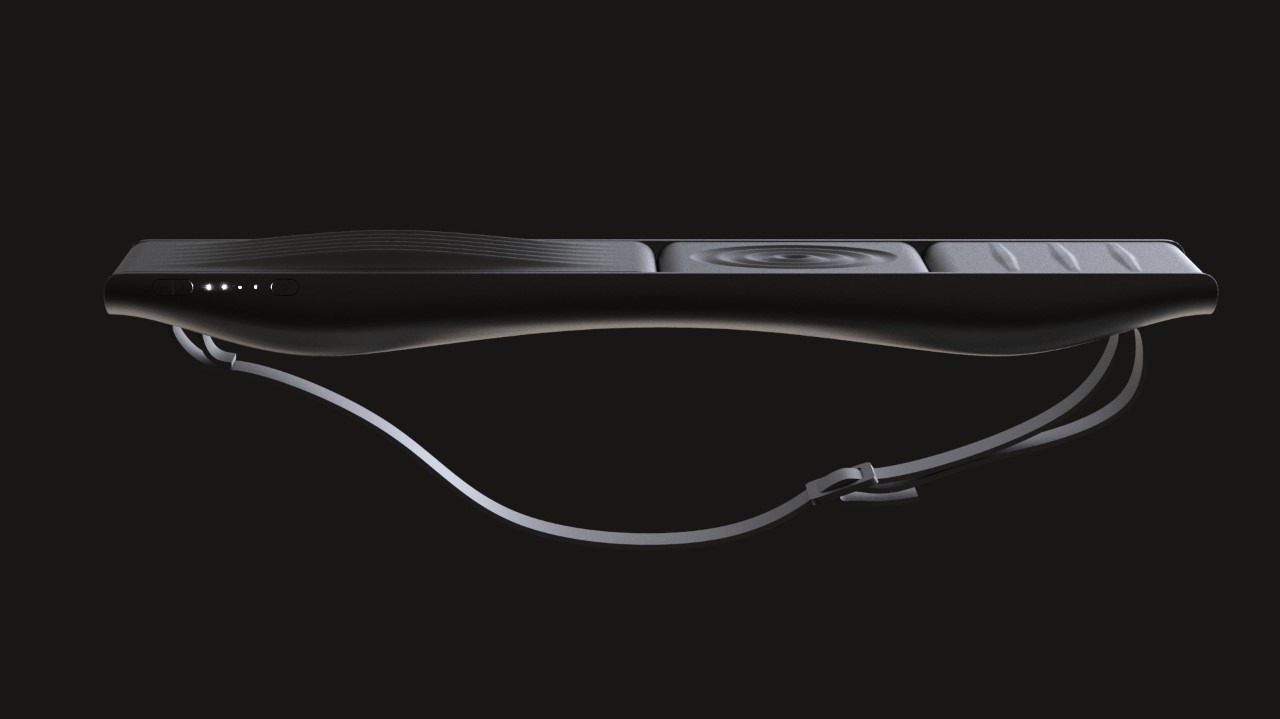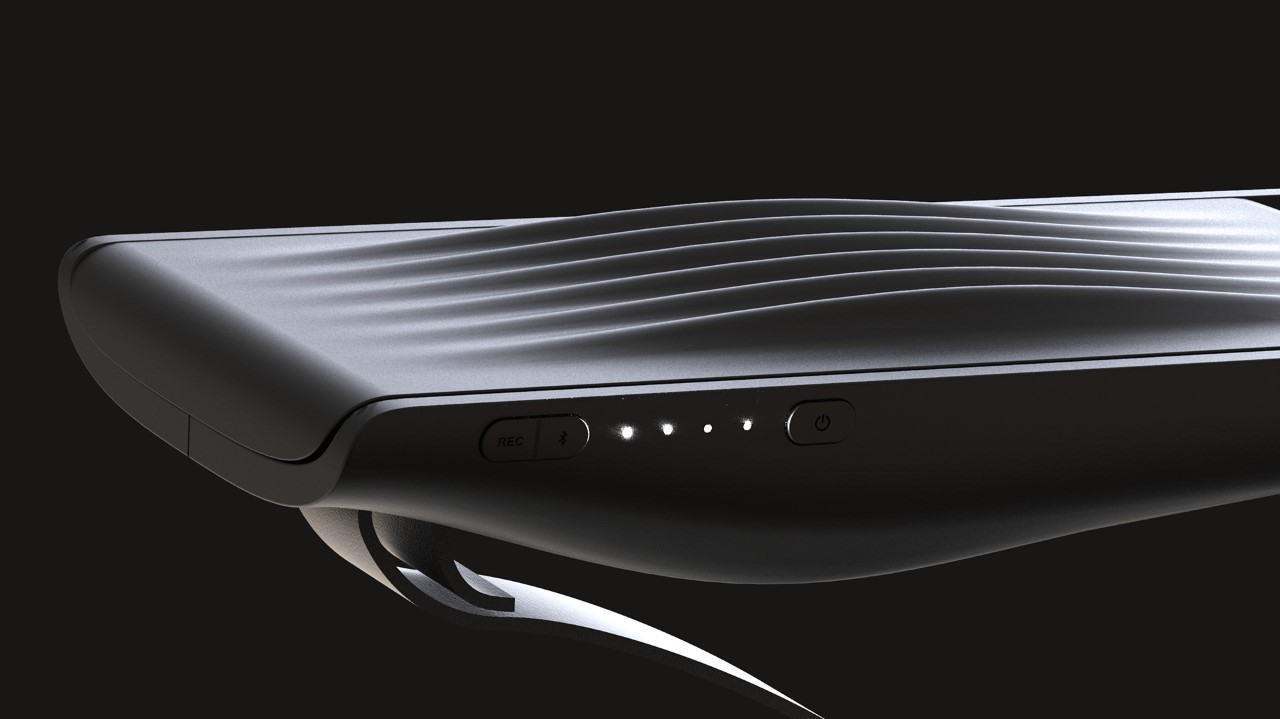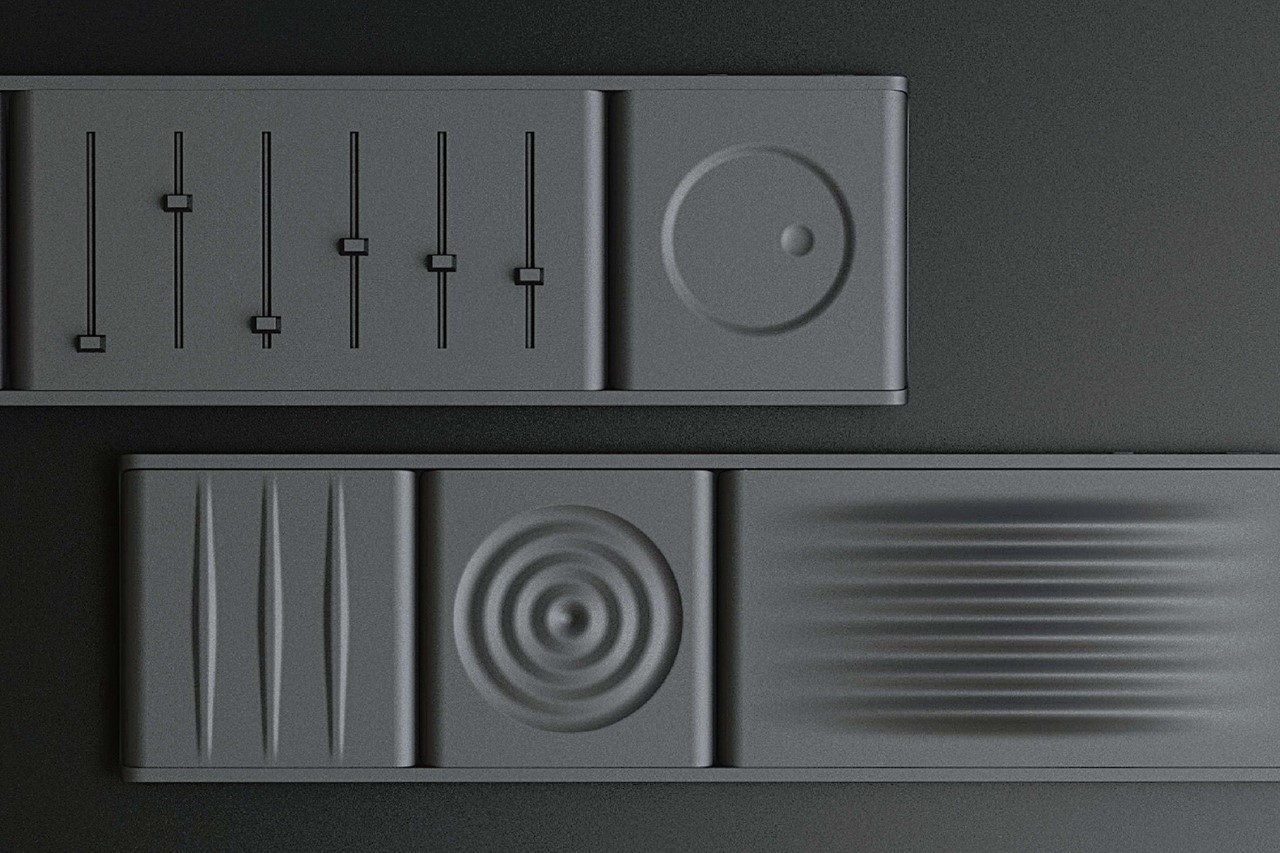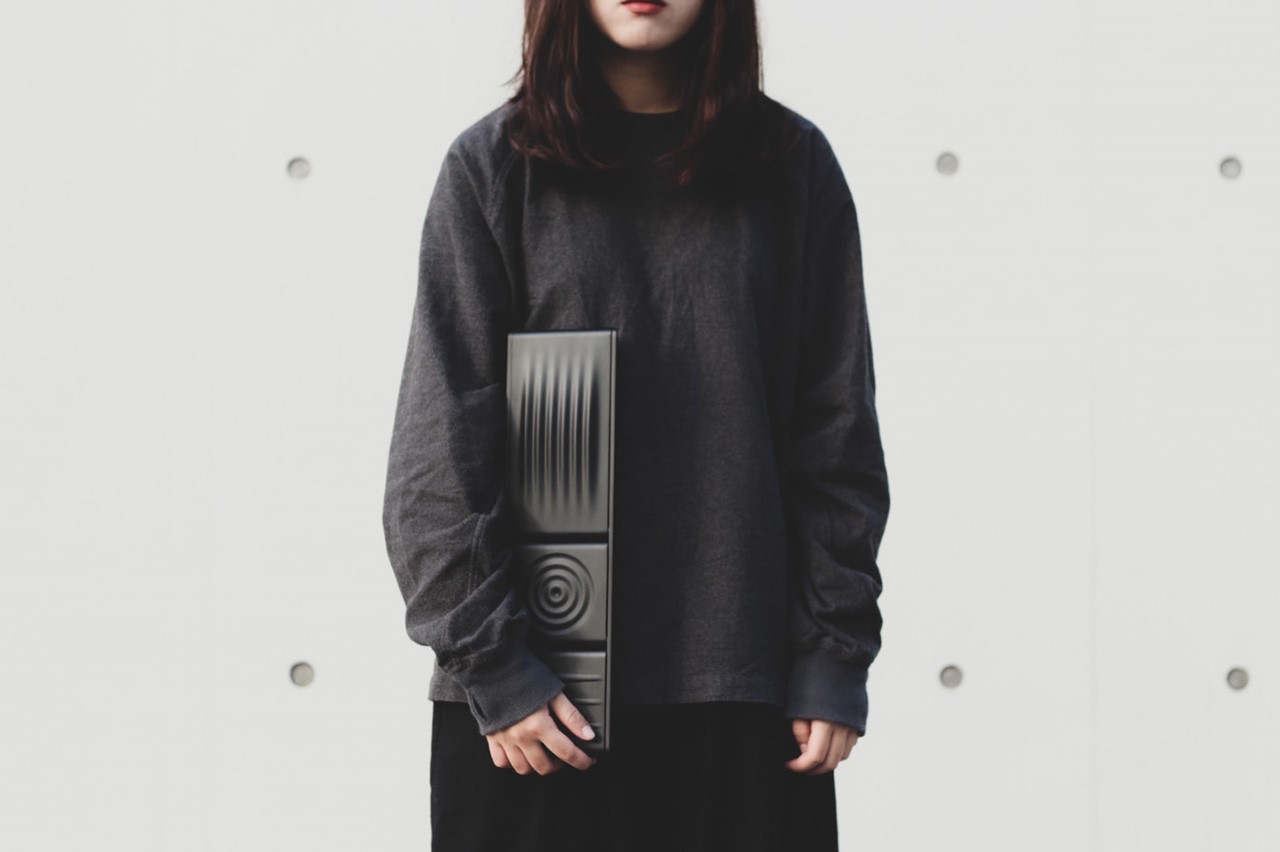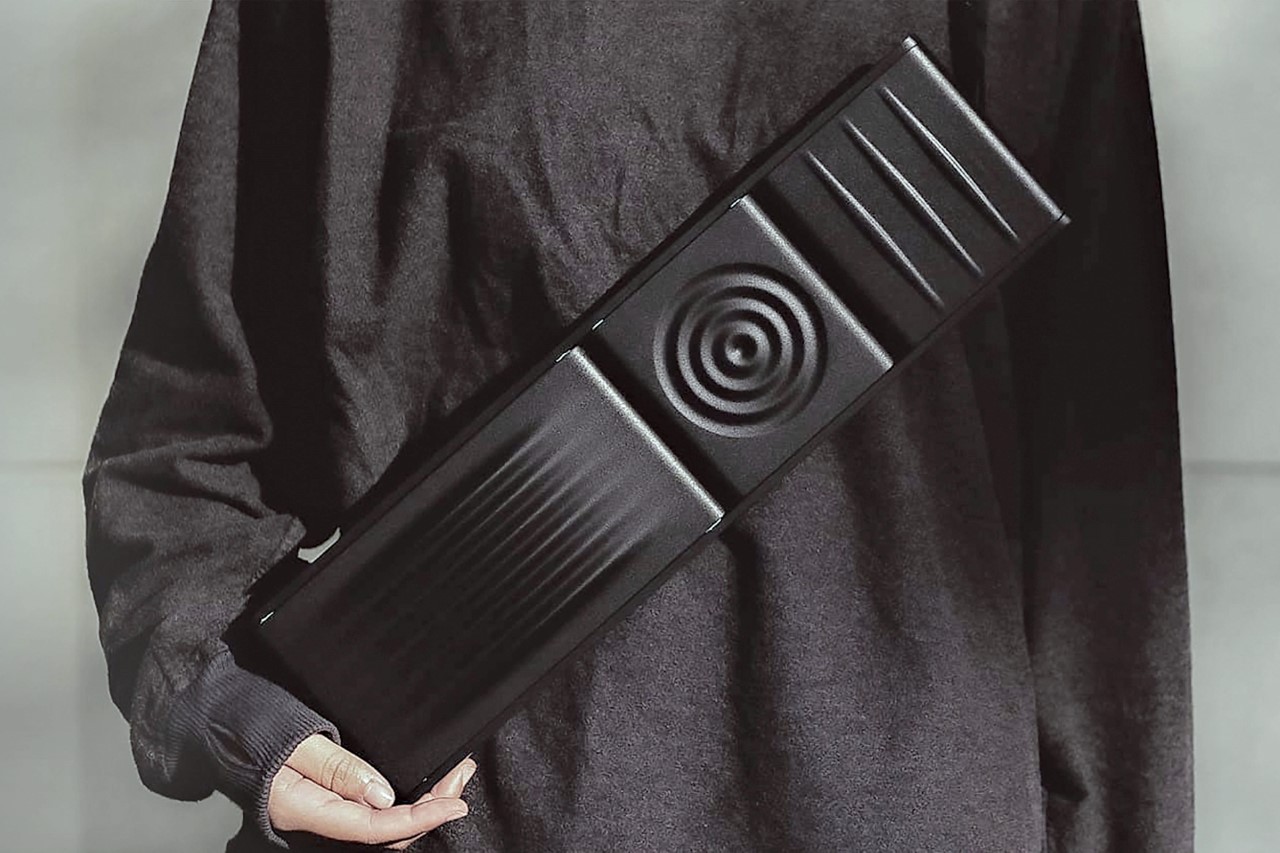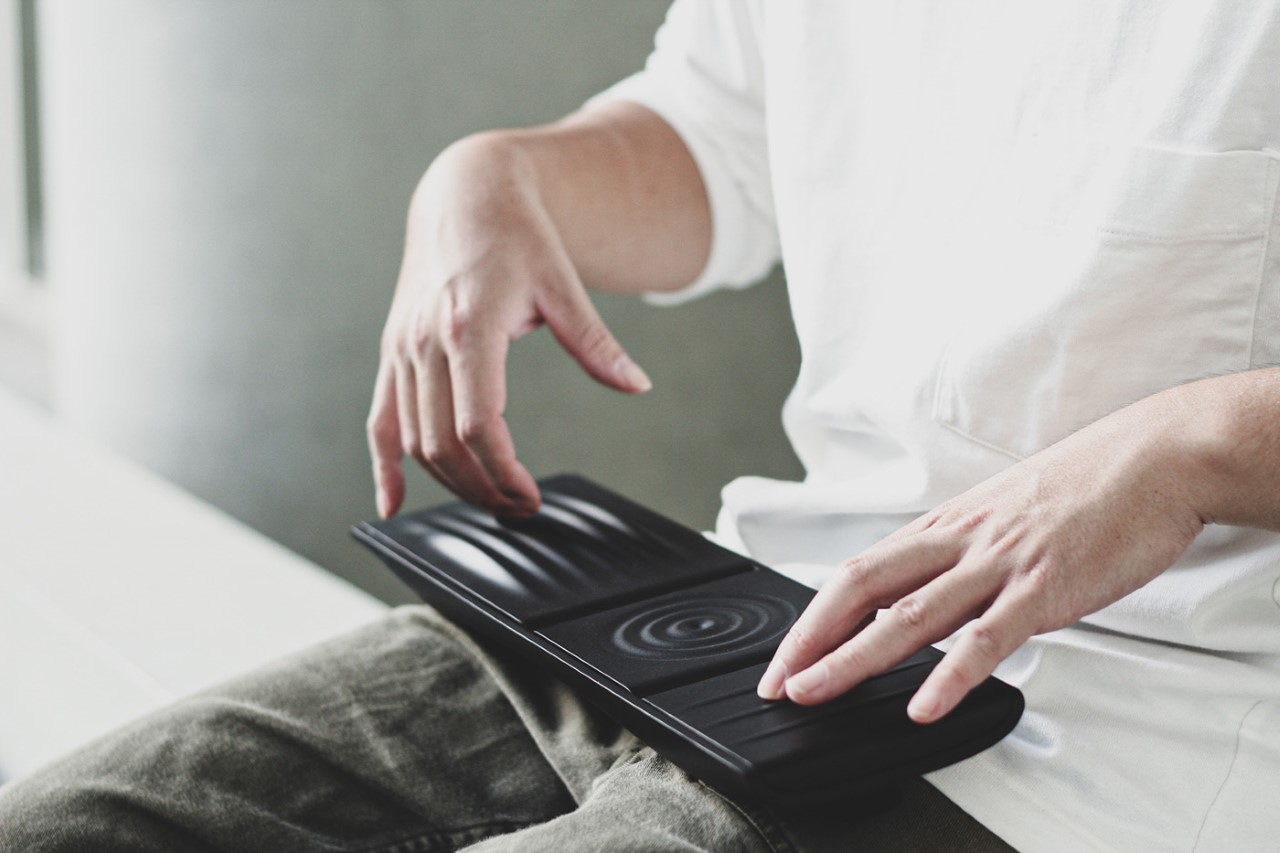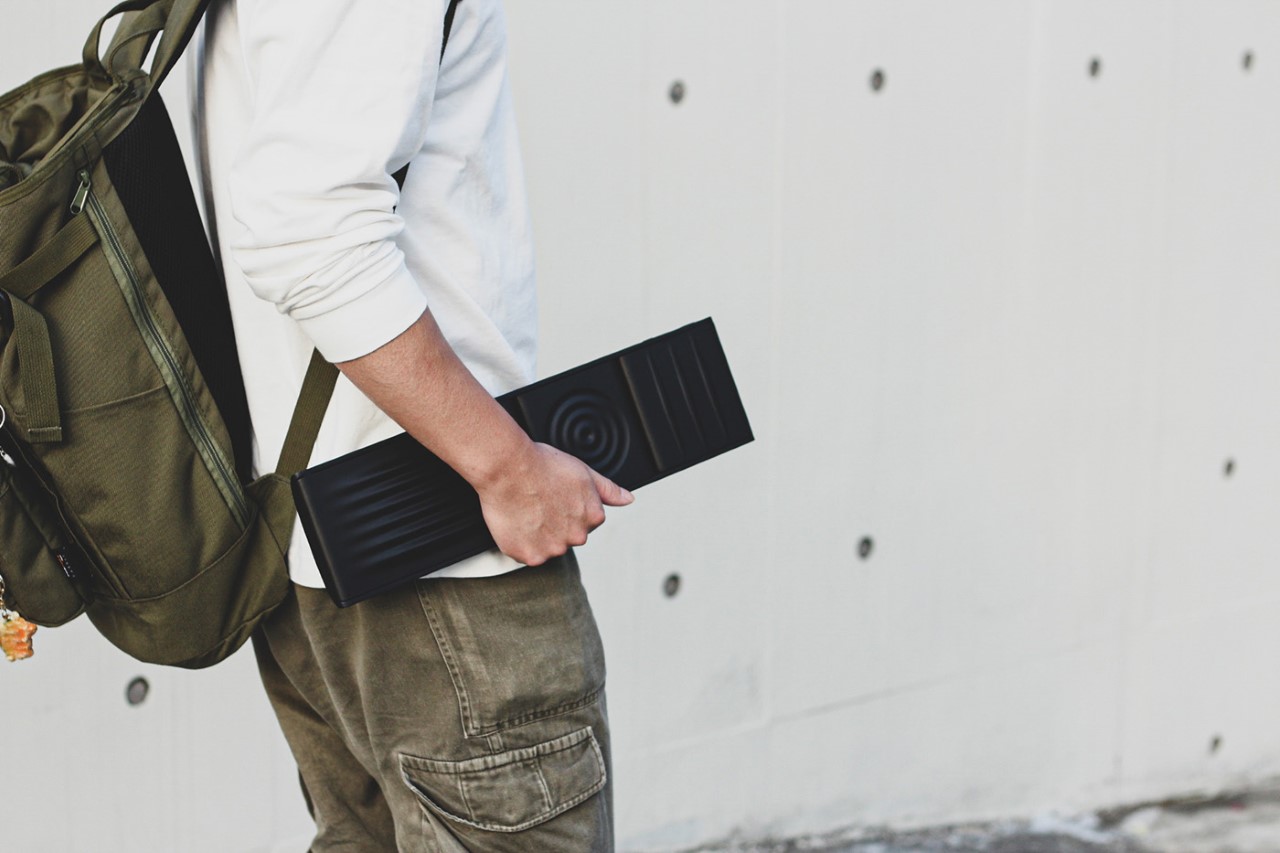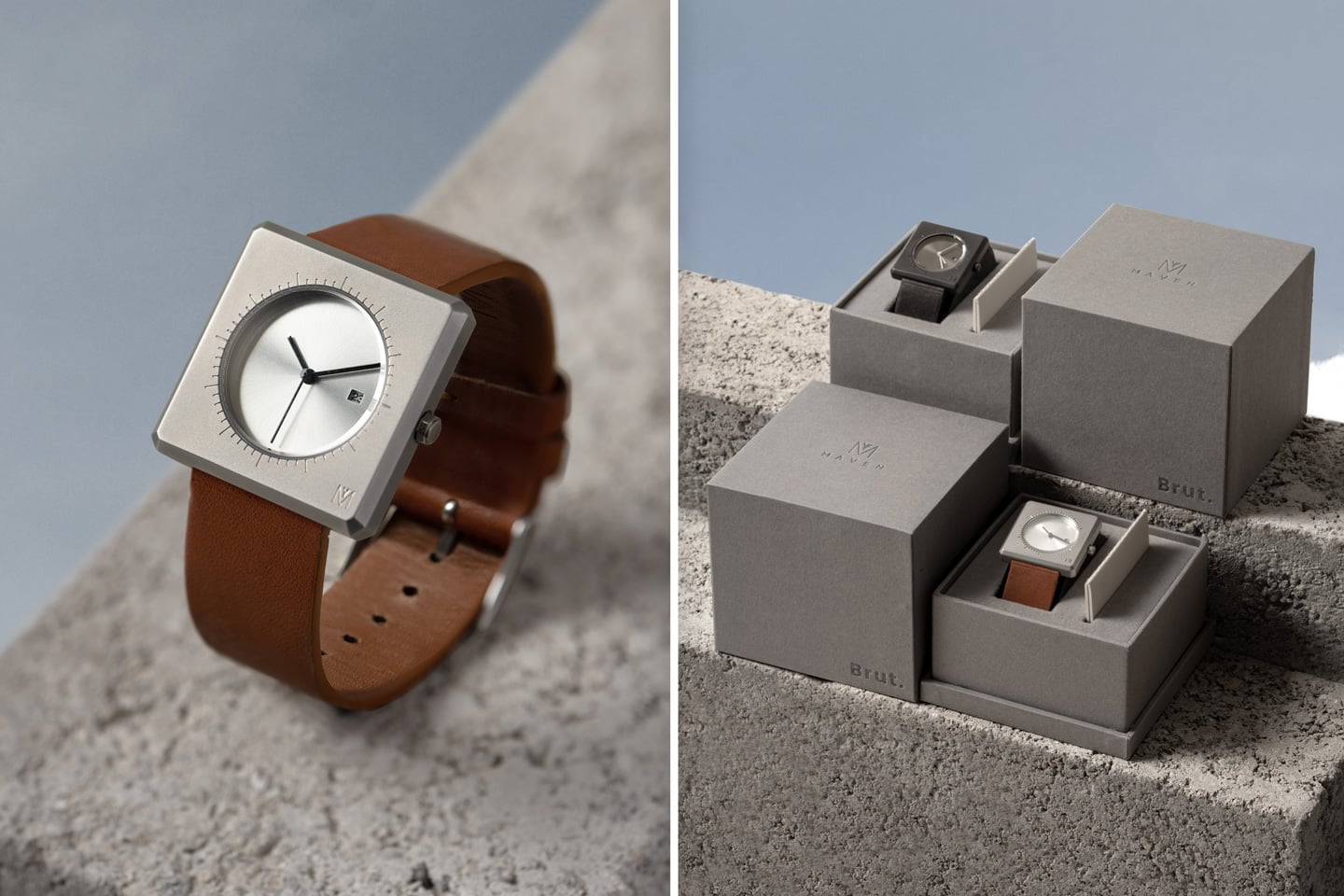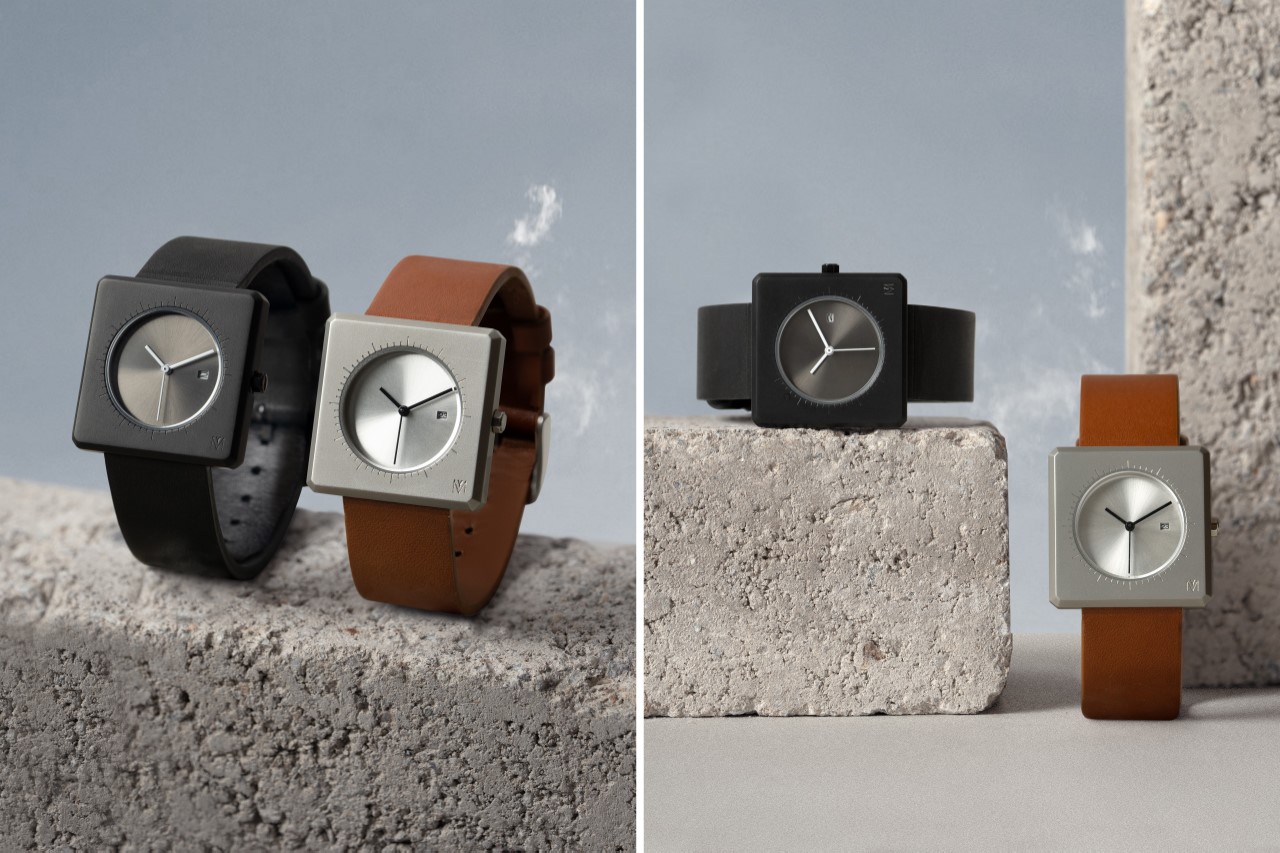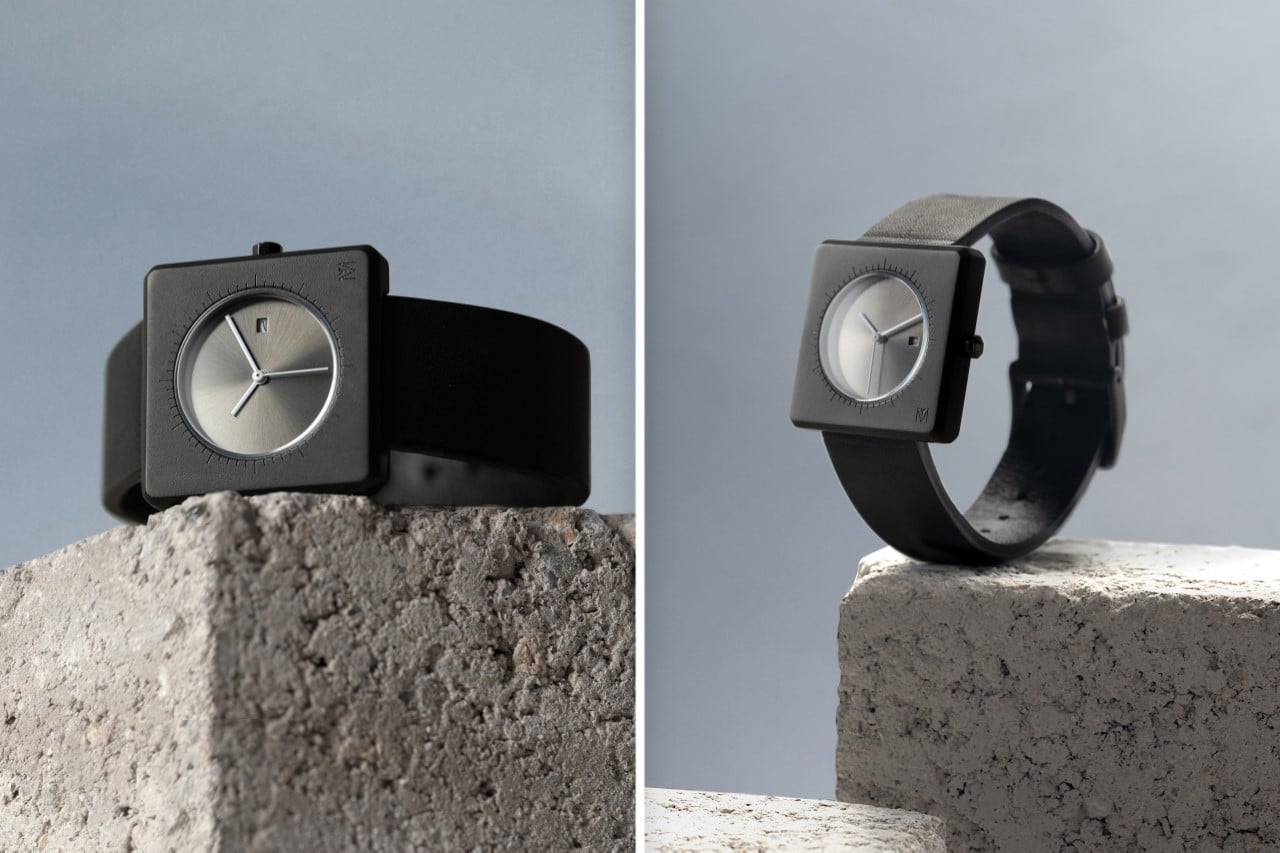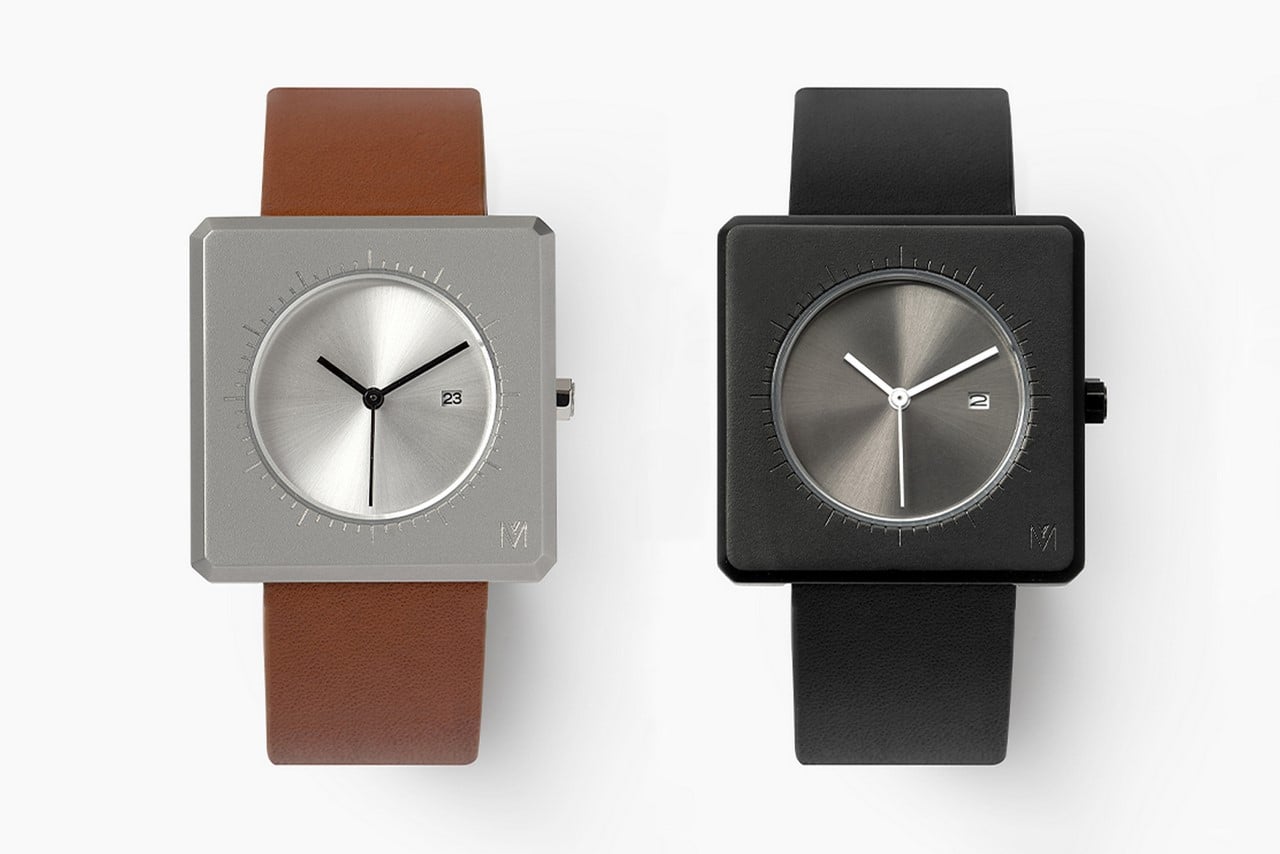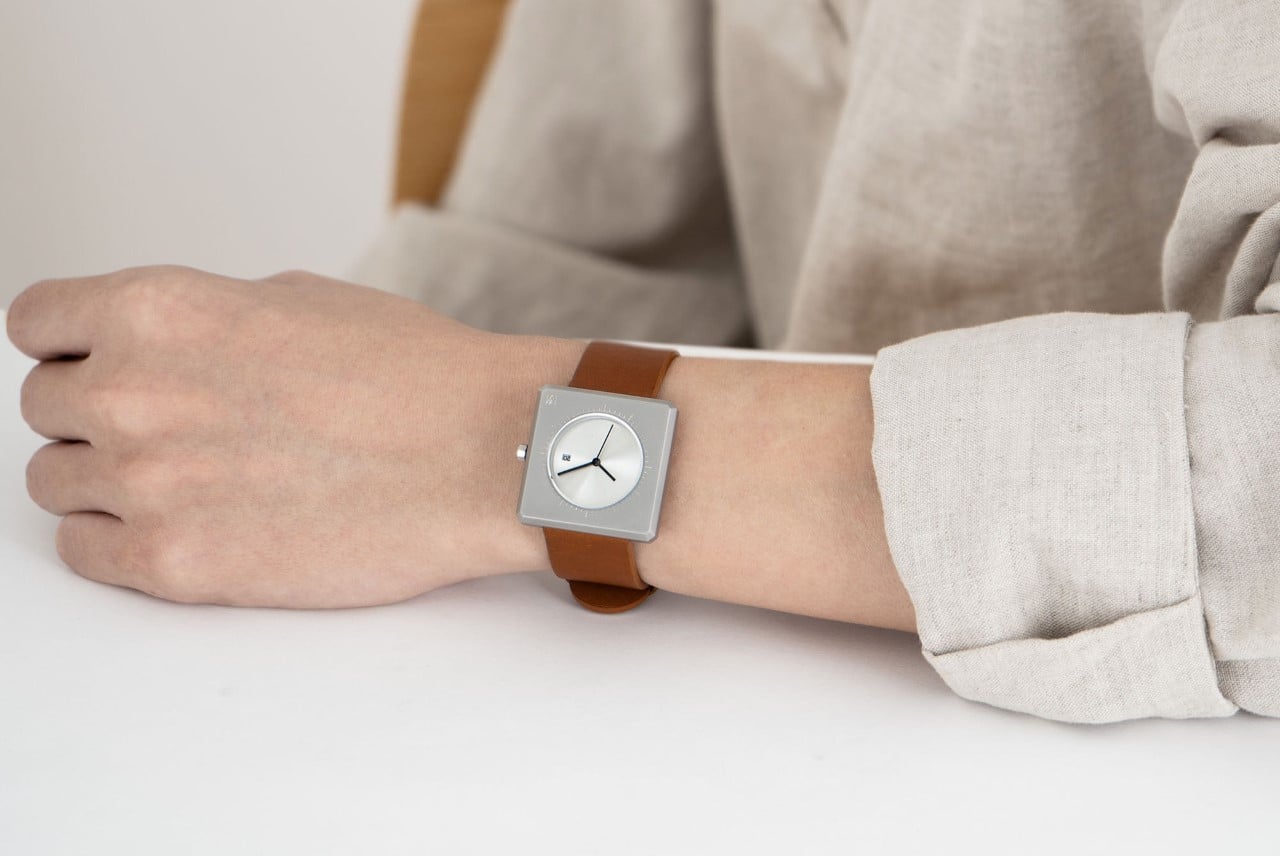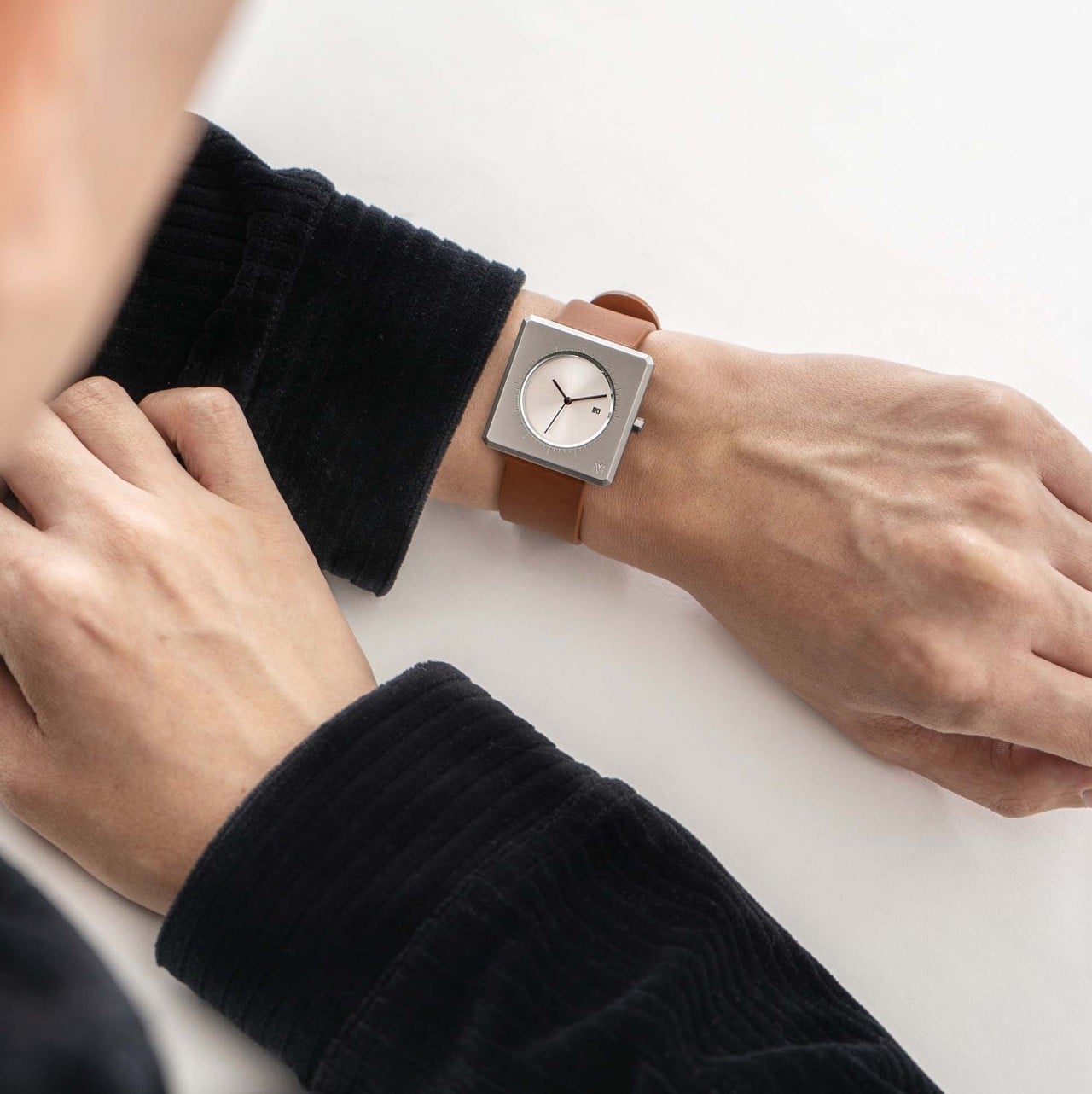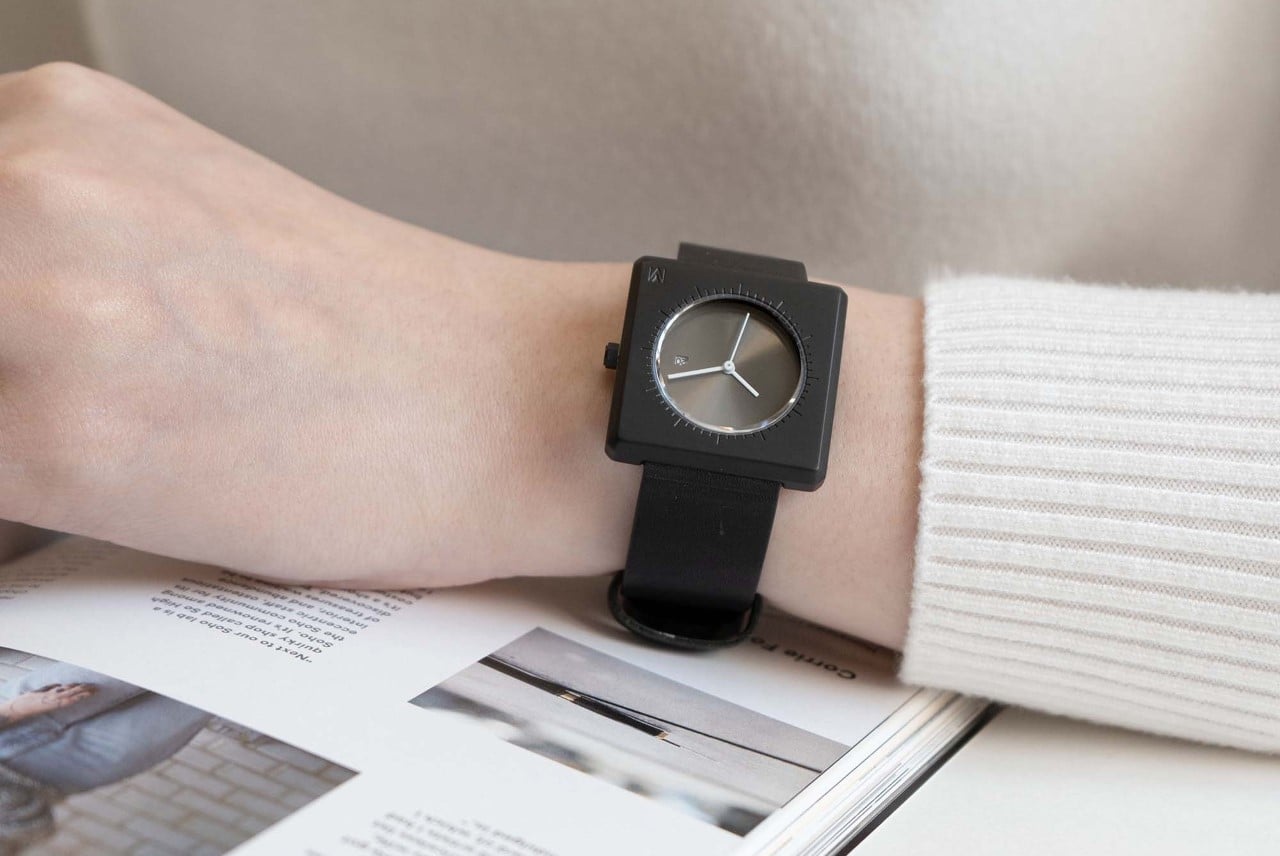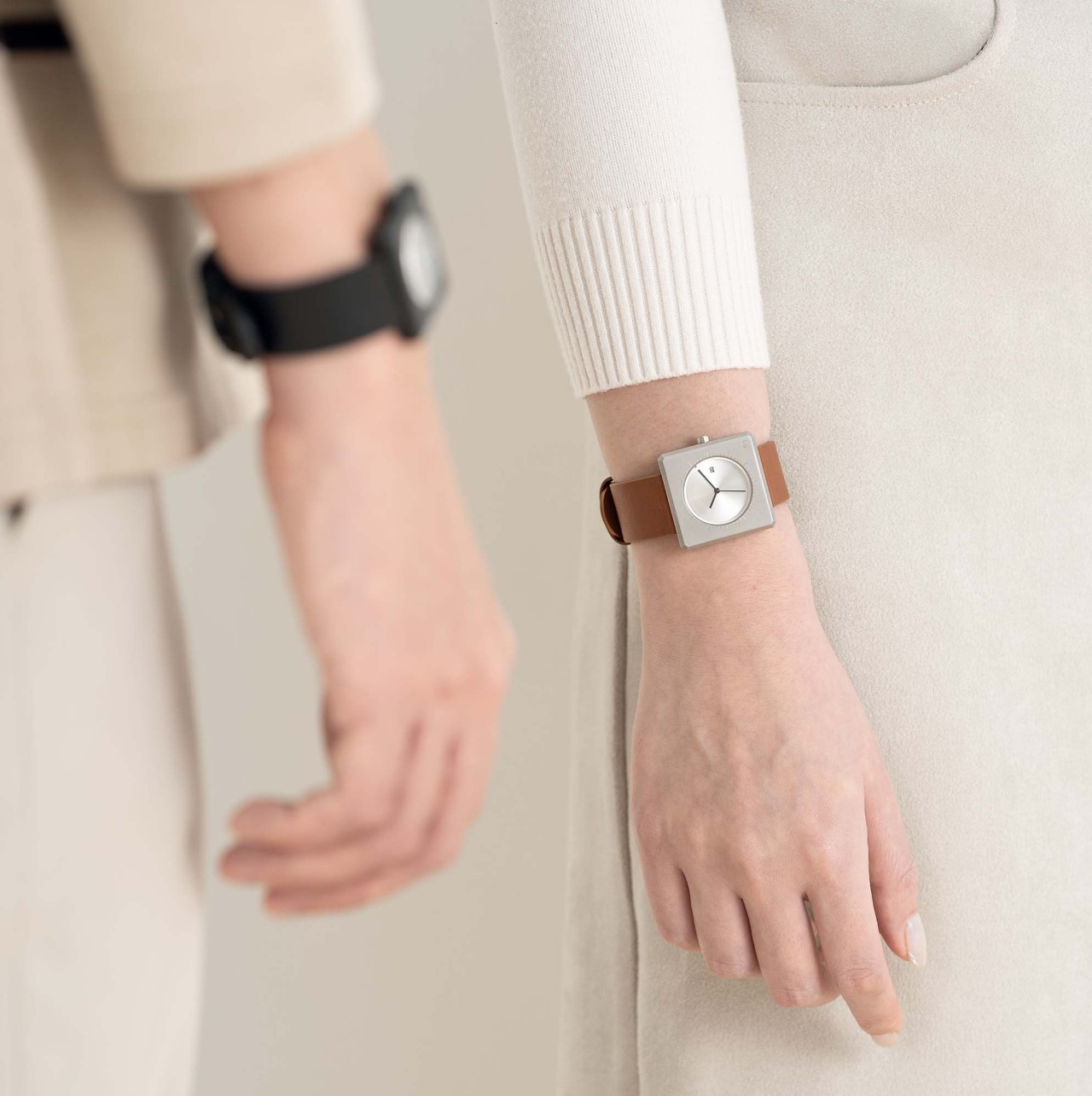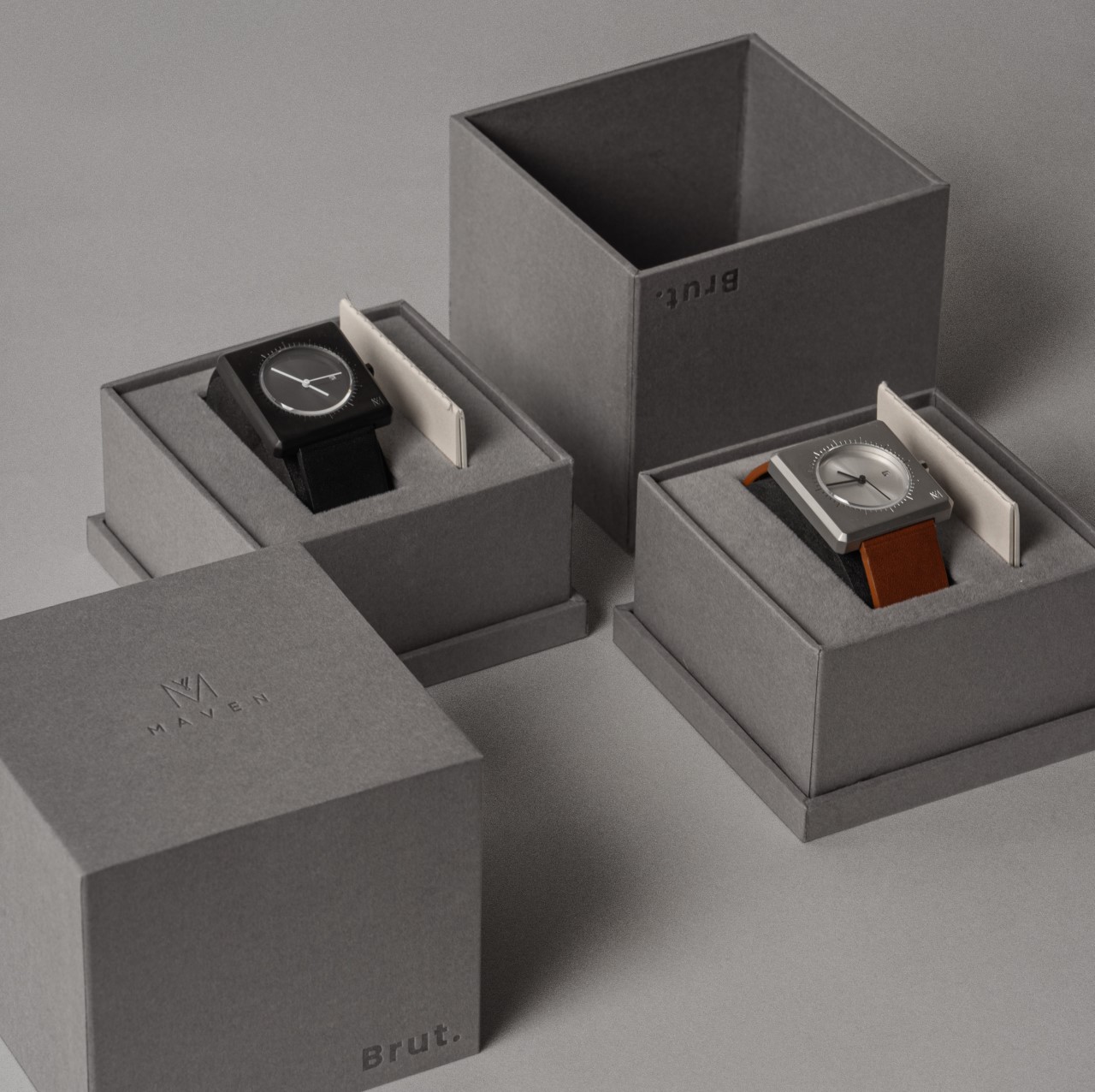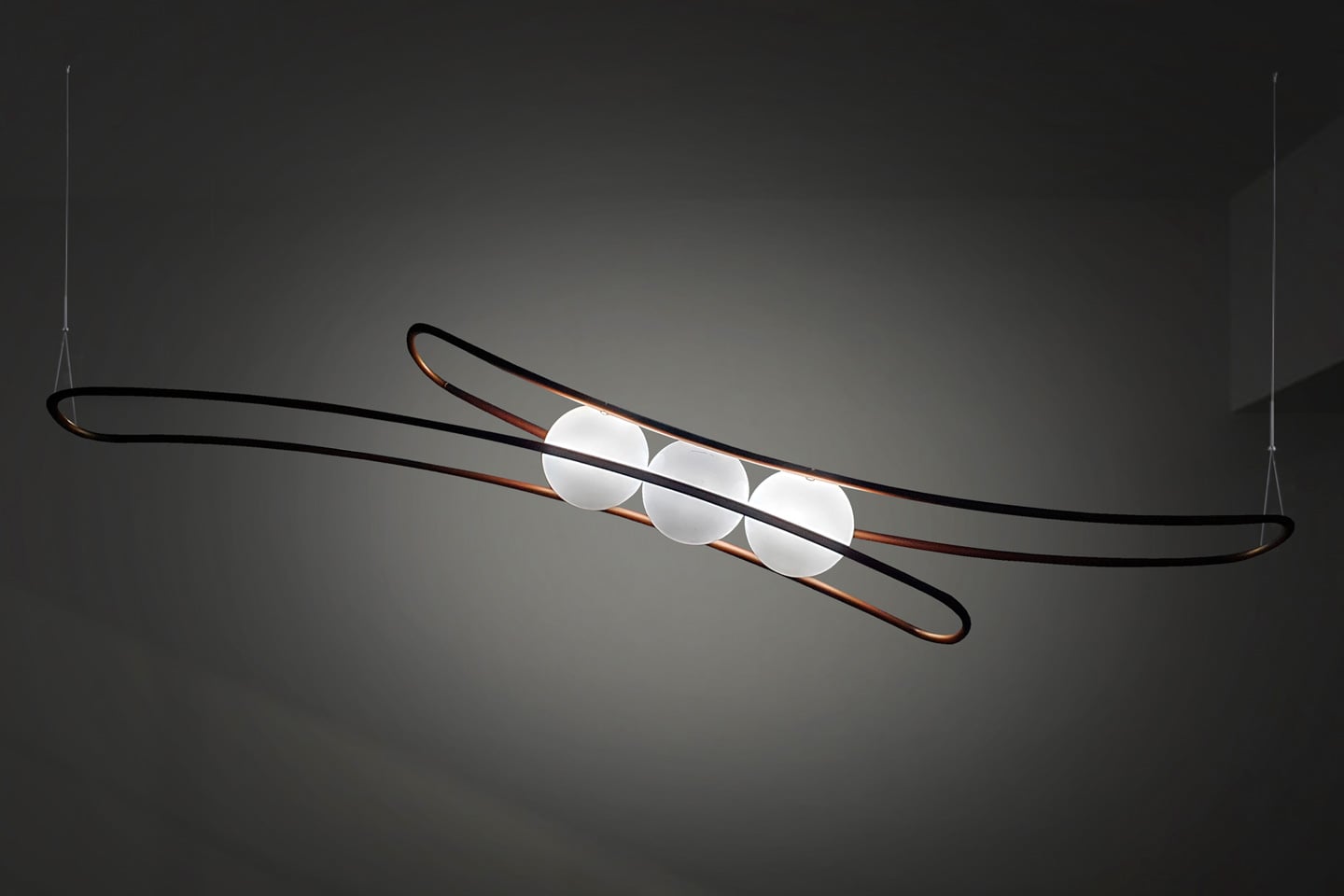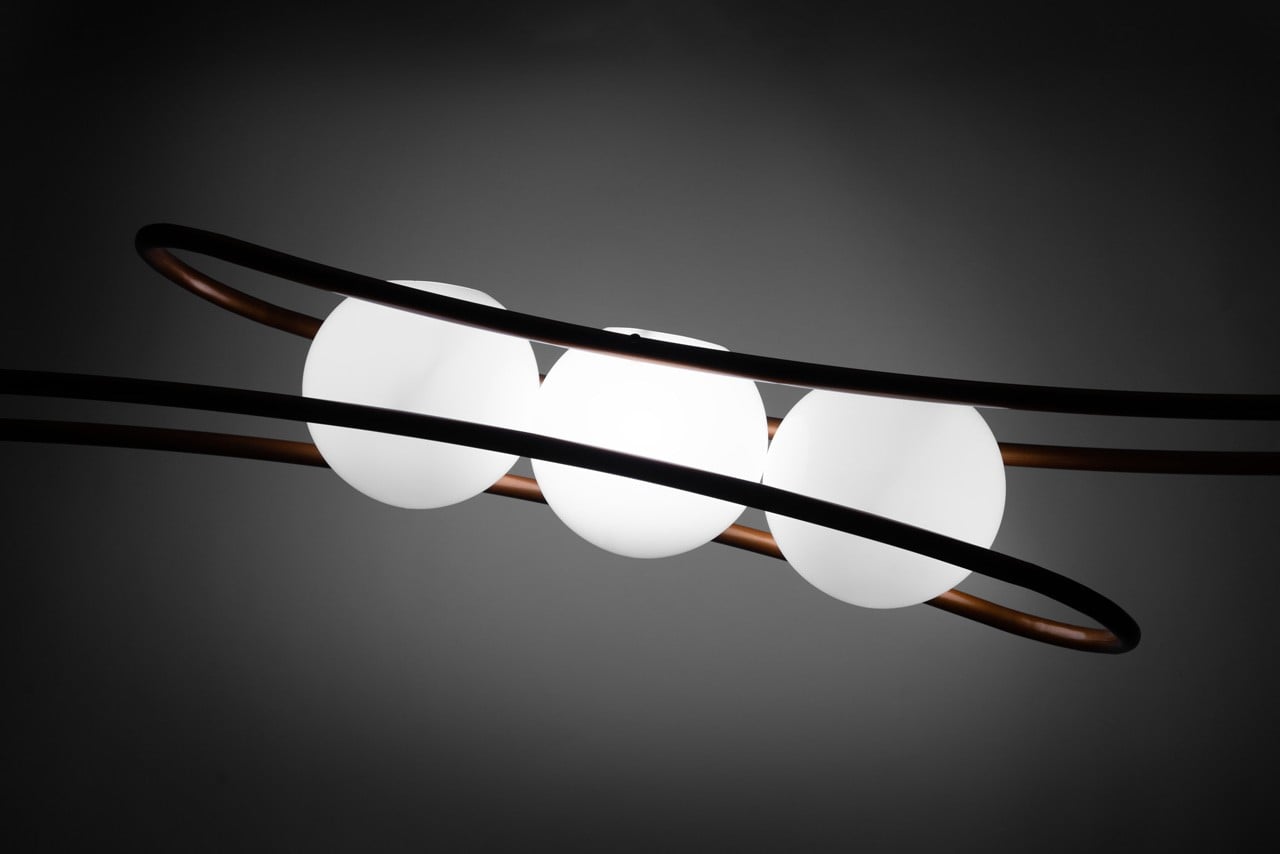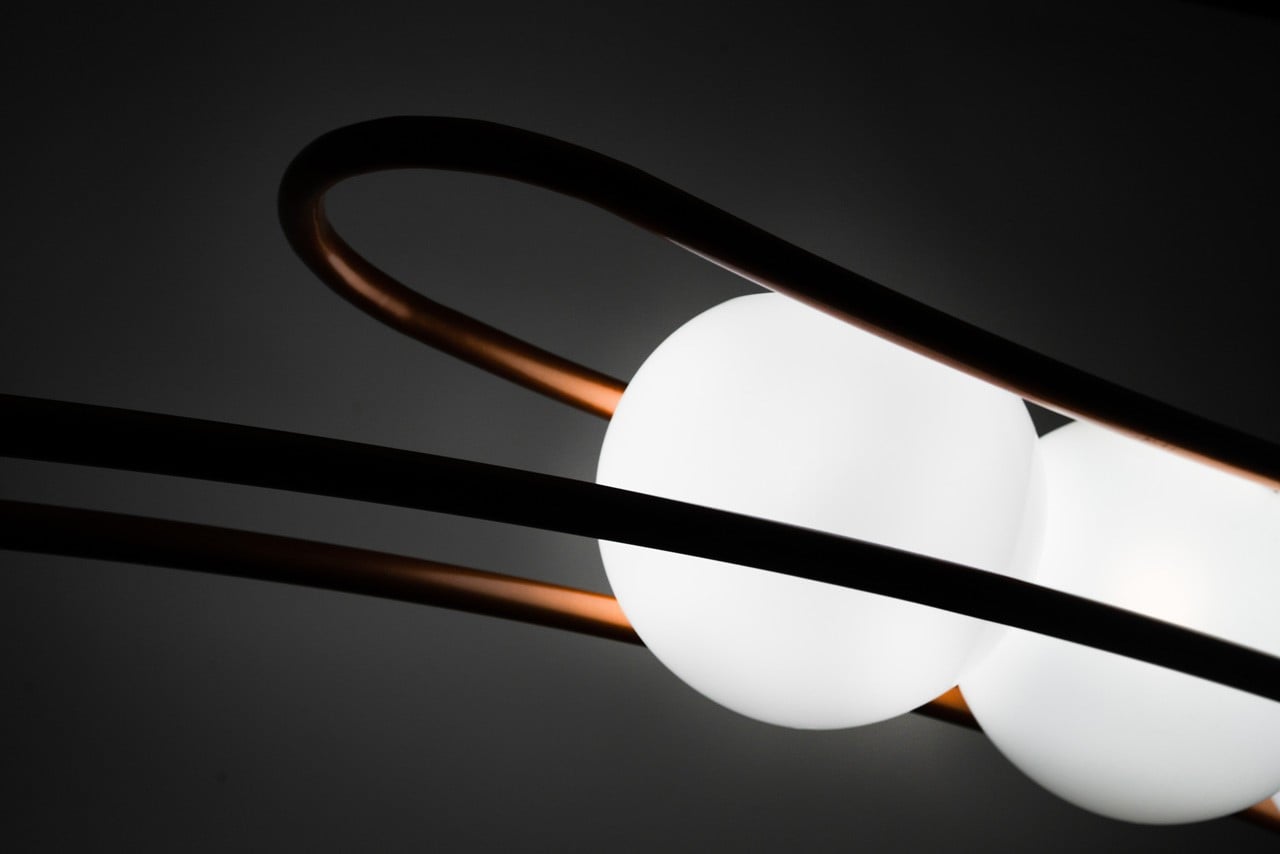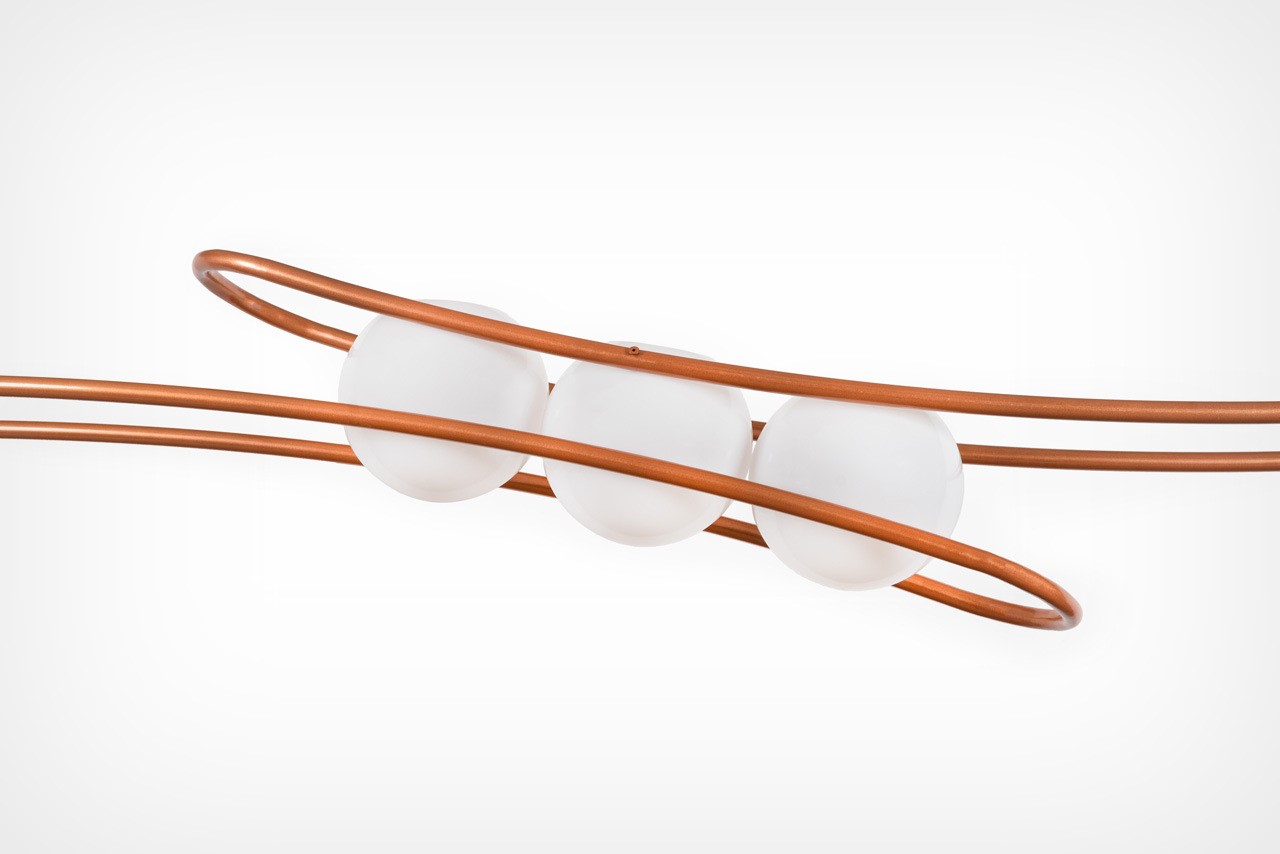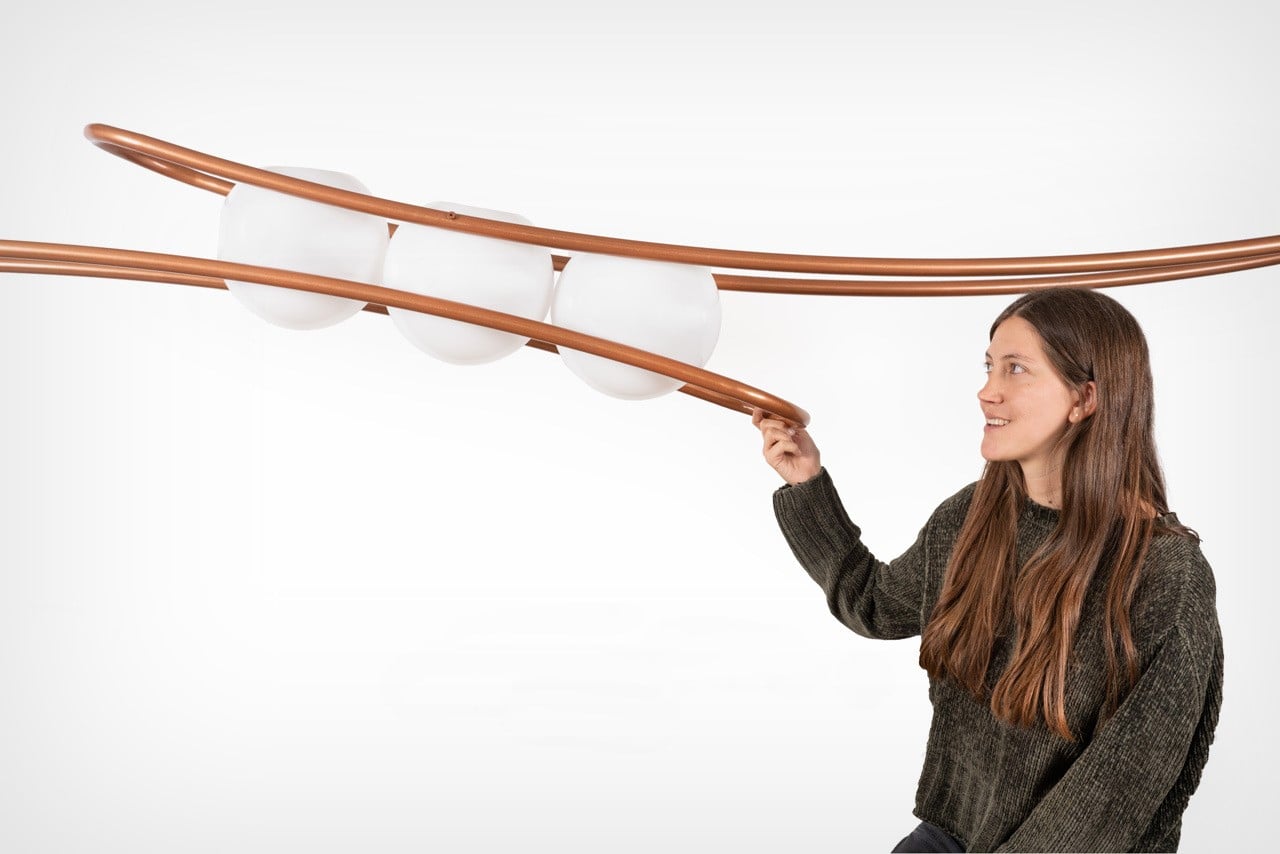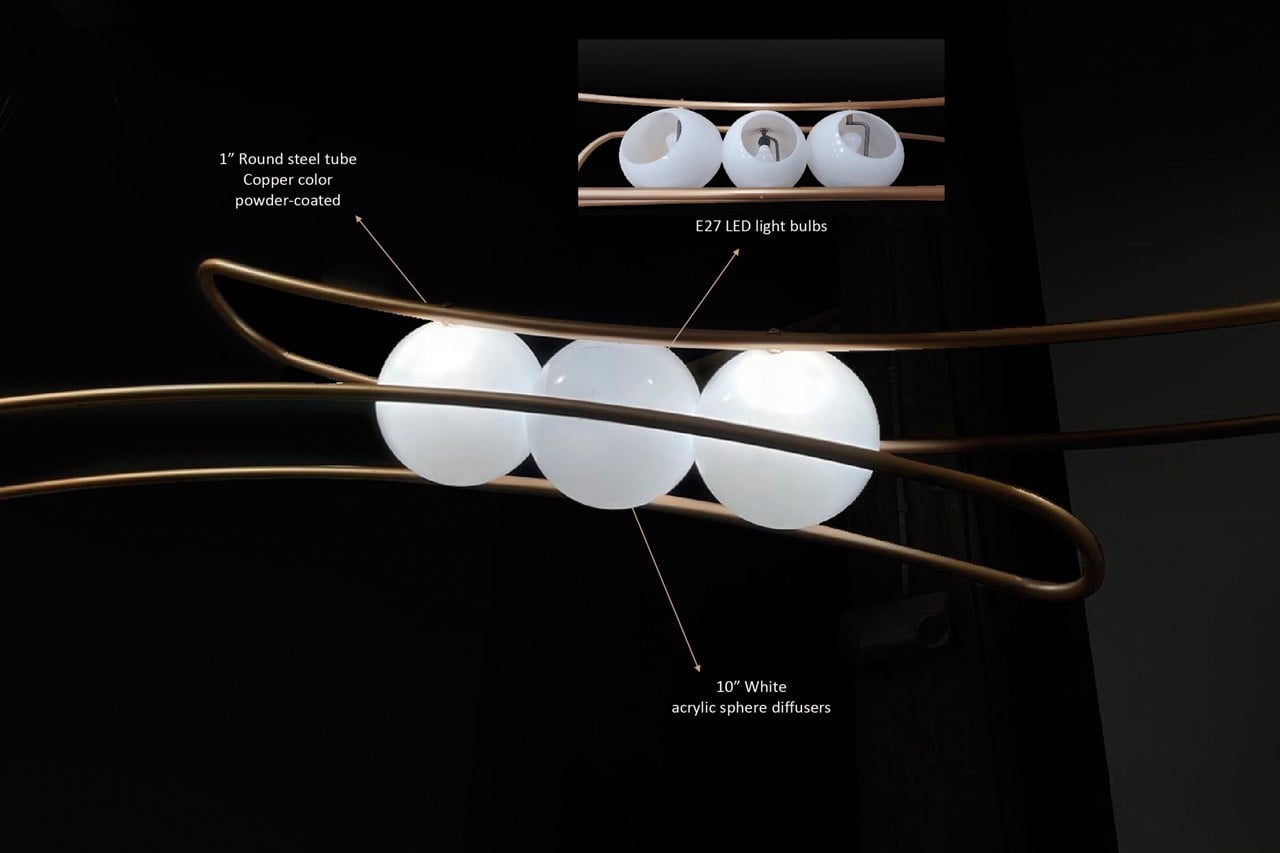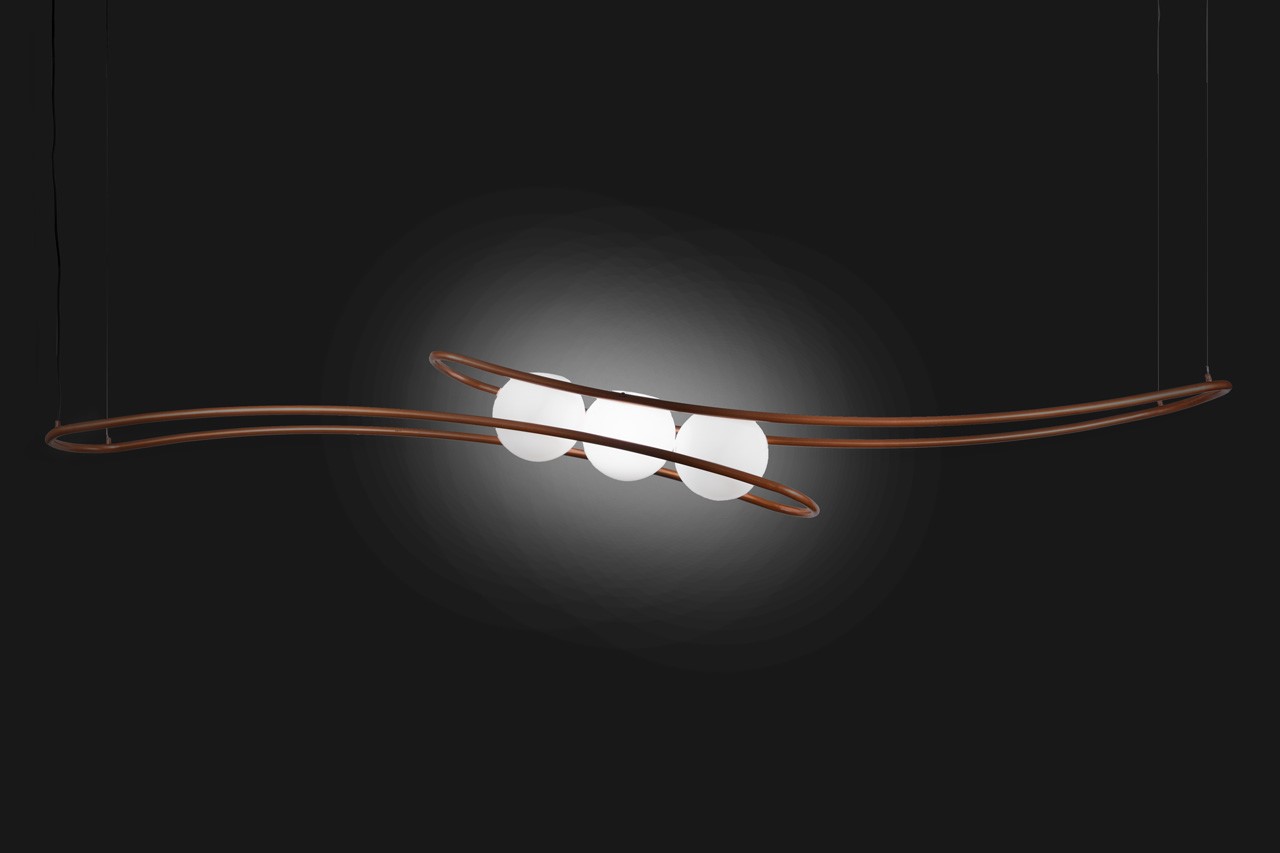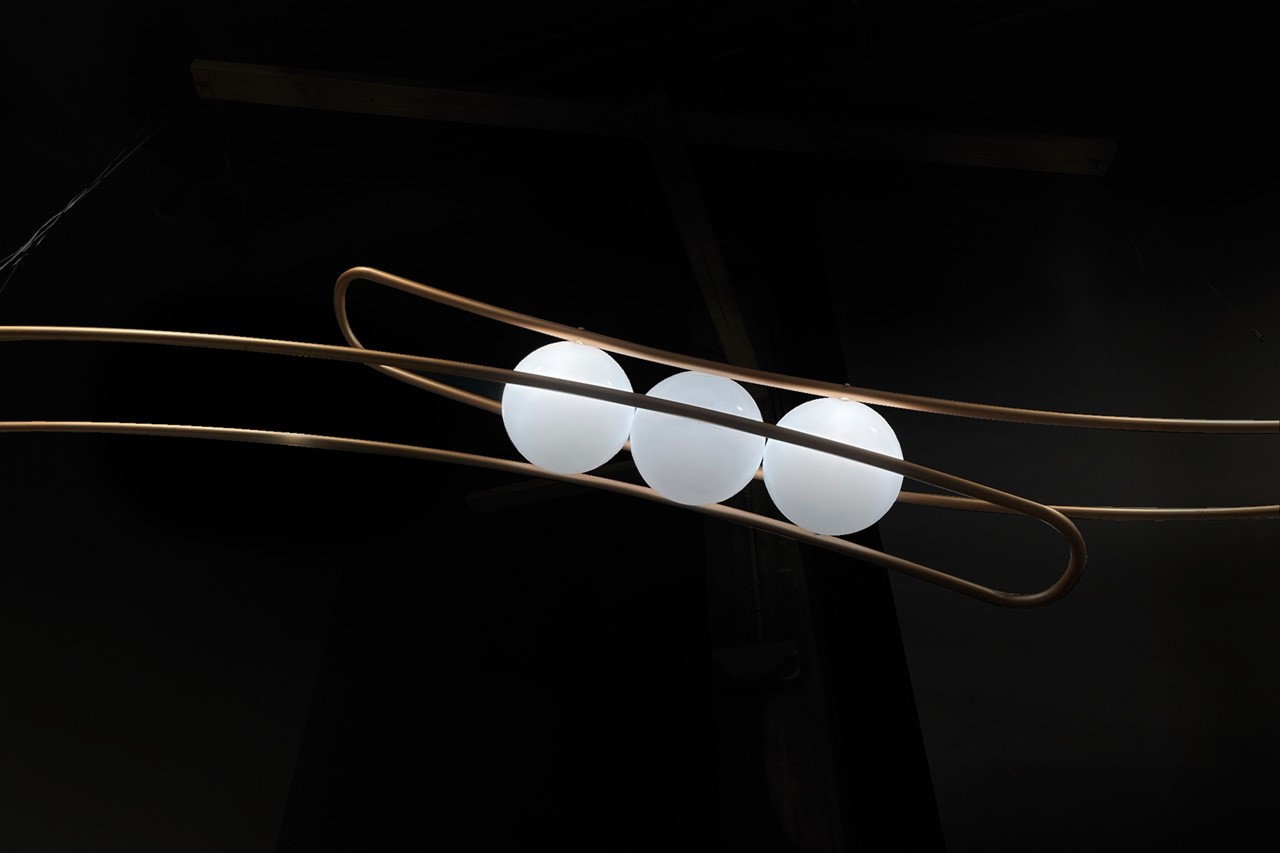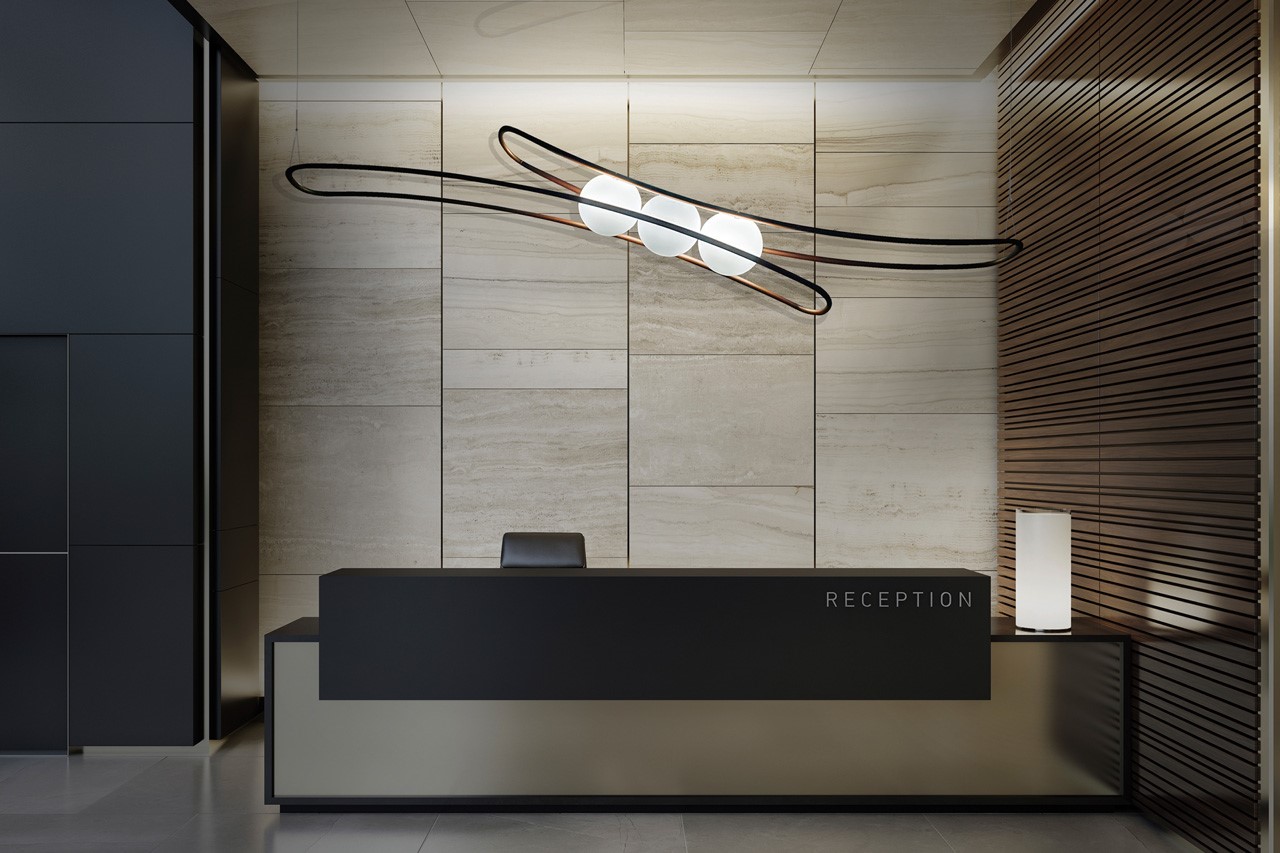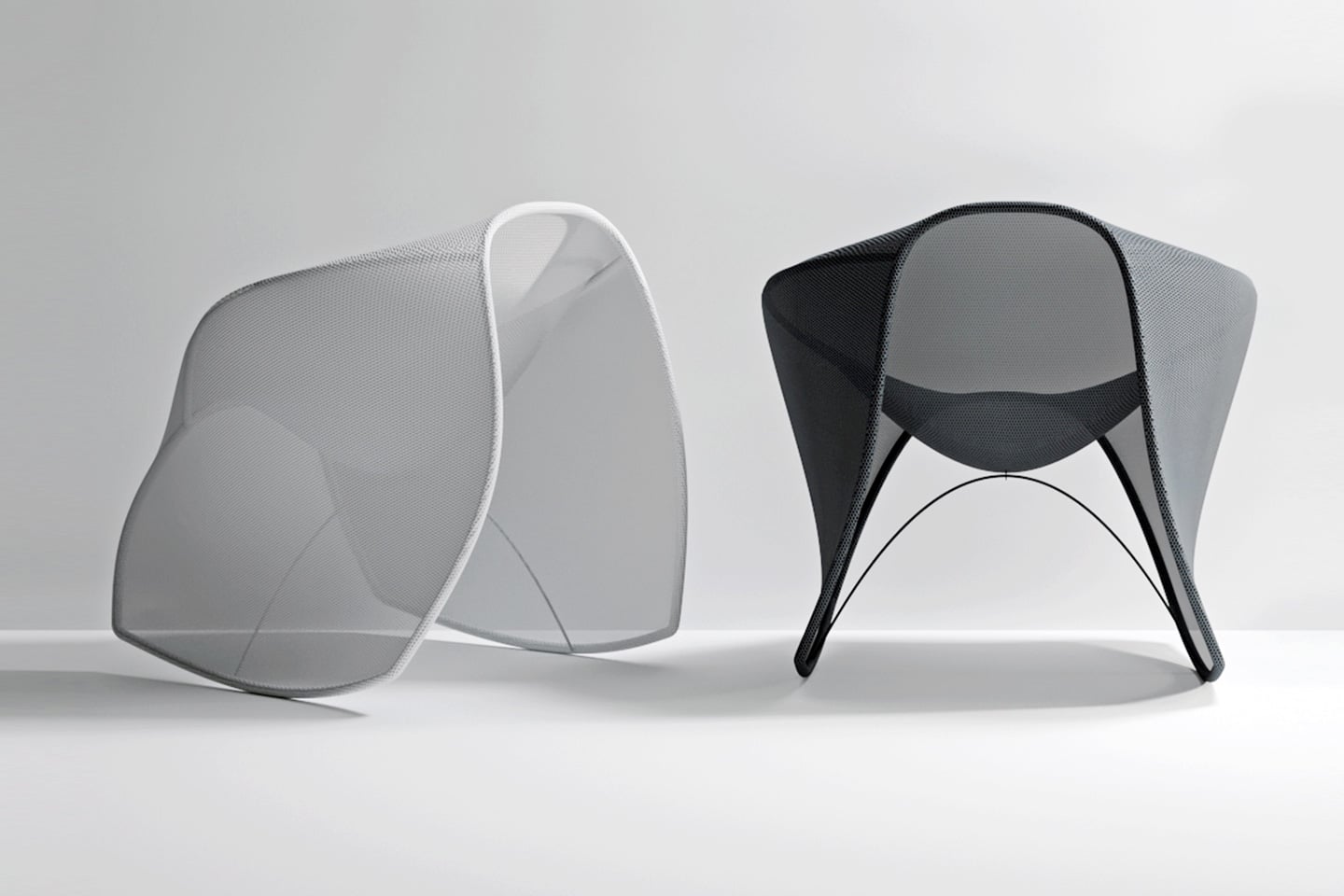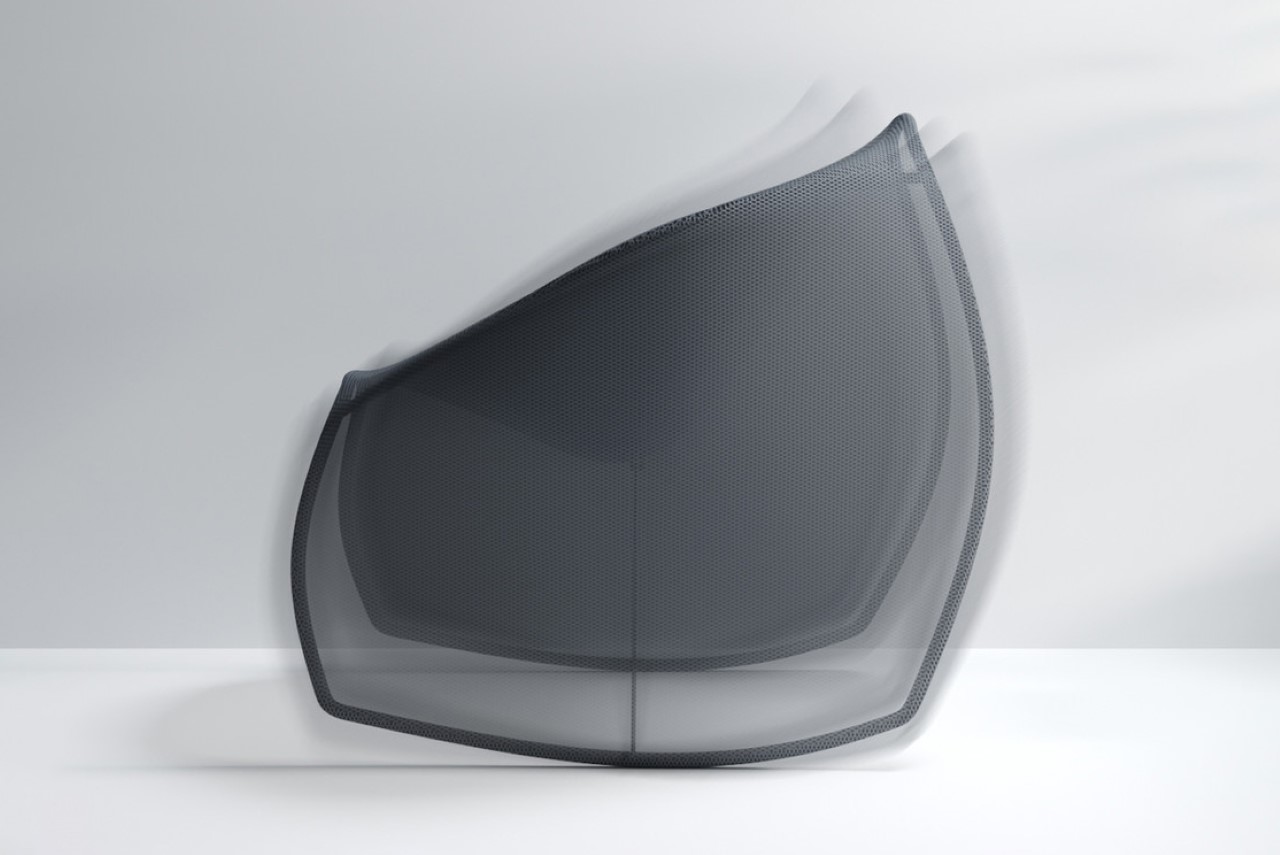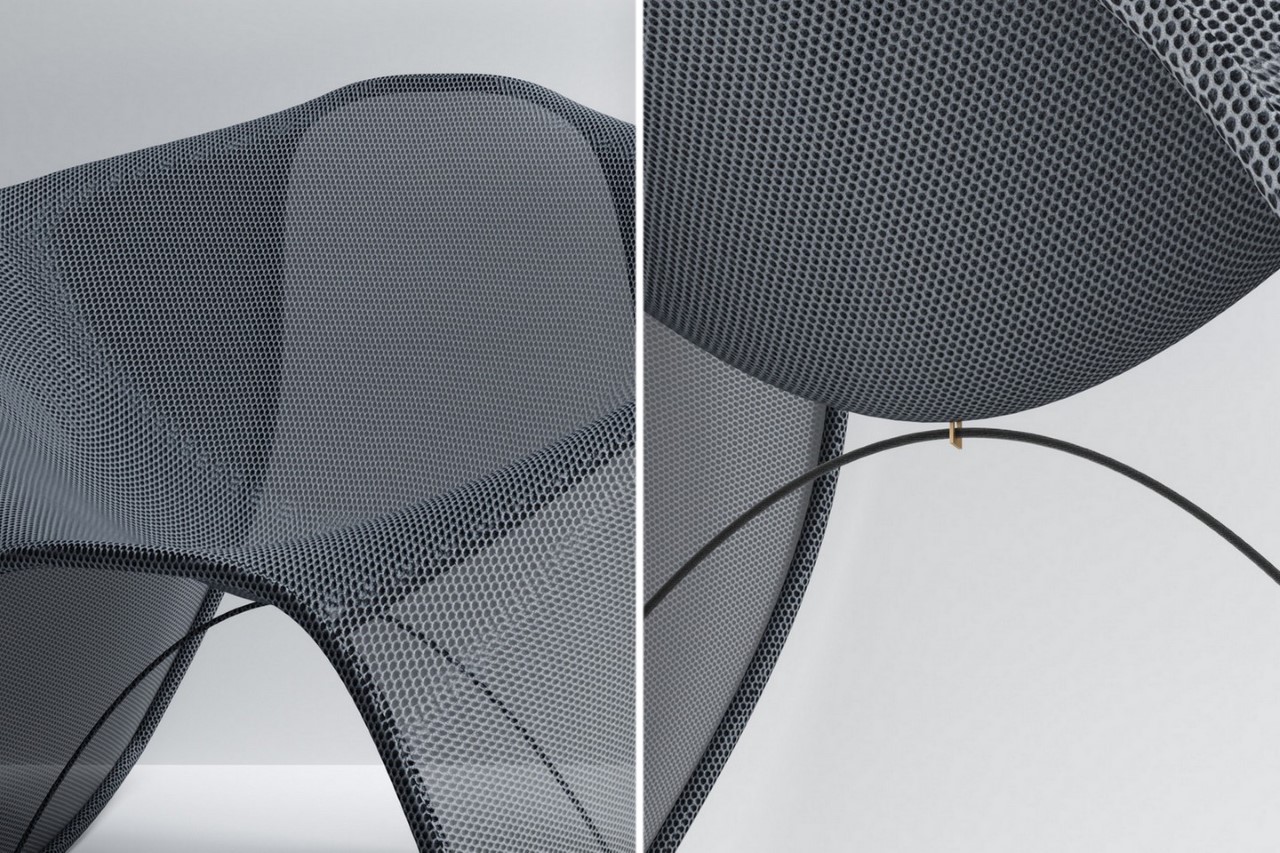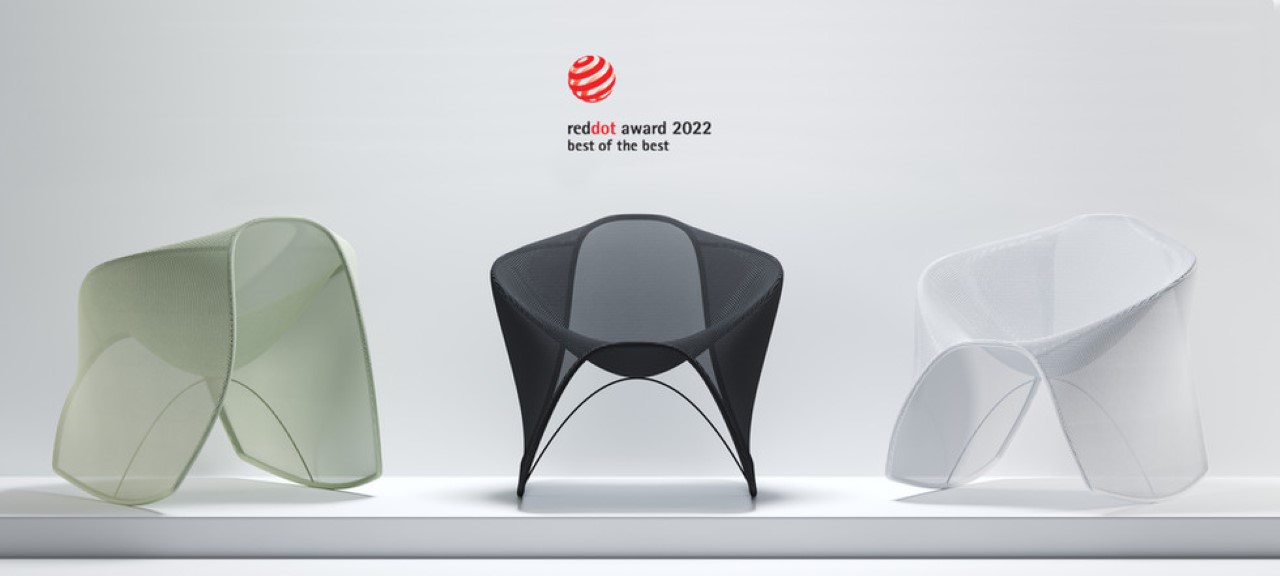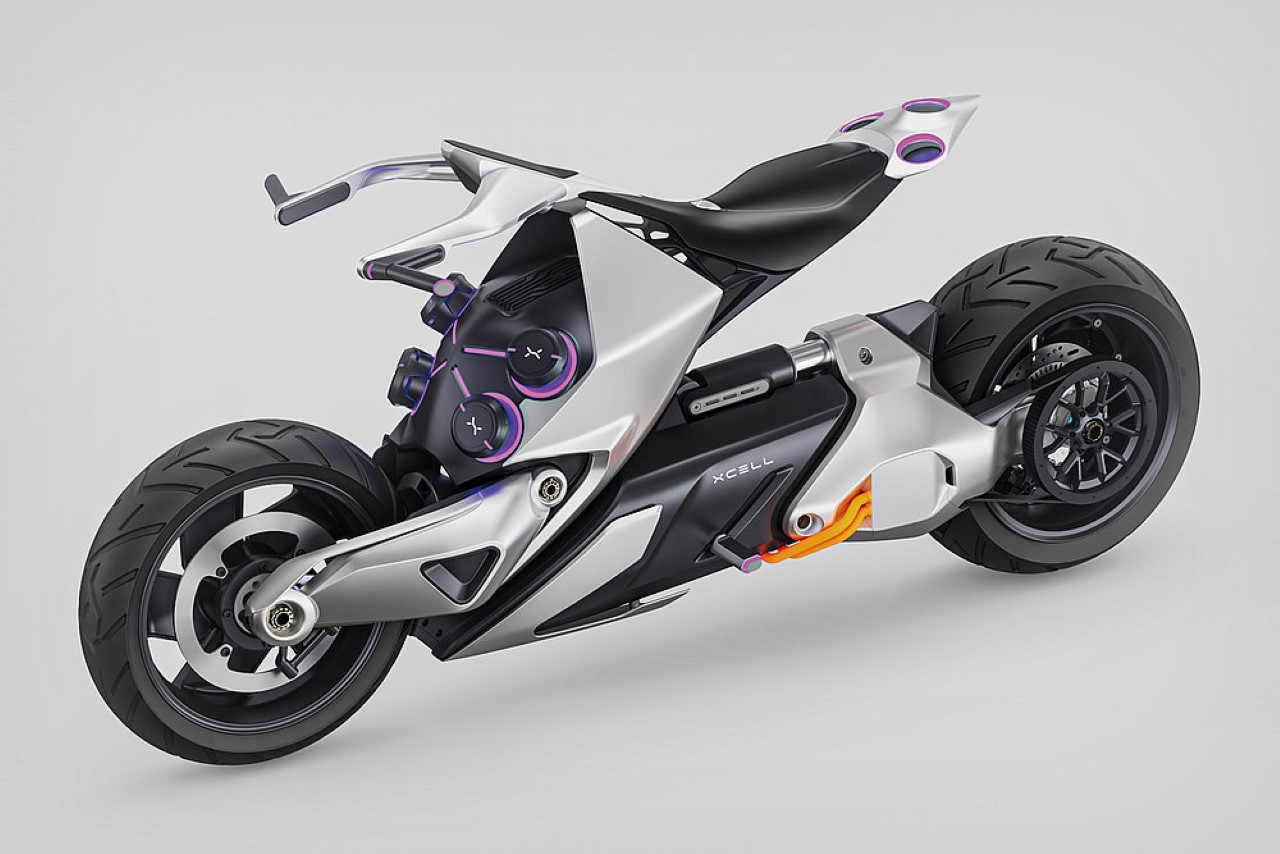
If you thought e-bikes were the future, the XCELL should really make you feel like a bunch of dinosaurs! An advanced concept right out of Shanghai-based X-idea Industrial Design Co., Ltd., the XCELL presents a few radically new ideas that hope to redefine how technology and transportation can change in the future. Originally unveiled at the 19th China International Motorcycle Exhibition in Chongqing last year, the XCELL pioneers hydrogen fuel-cell technology, relying on four cylindrical cells that sit in the front of the motorbike’s fairing. Except for the fact that it has two wheels, a seat, and is controlled by a user who operates it using handlebars, the XCELL is quite unlike any other two-wheeler before it. It features an adjustable design that allows the handlebars to pivot forward or backward, laser headlights that work remarkably well in the dark, and a drone that automatically lifts off the motorcycle to help evaluate the condition of the roads ahead, presenting holographic obstacles for the rider to clearly see as they drive down roads.
Designer: Shanghai X-idea Industrial Design Co., Ltd.
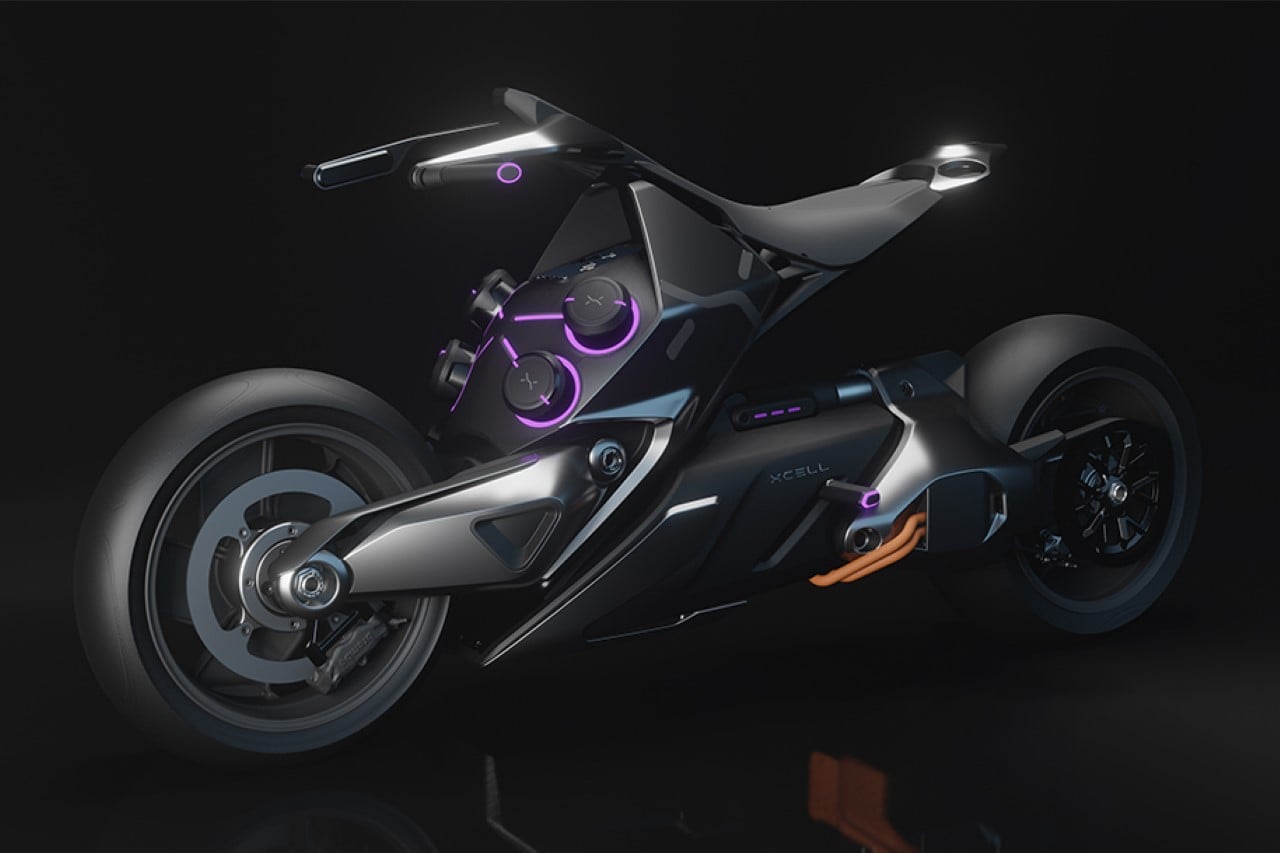
A winner of the Red Dot Design Concept award this year, the XCELL enhances the riding experience in ways never done before. For starters, it runs on hydrogen fuel cells, burning clean energy to provide zero carbon emissions “with a top speed more than 200km/h and a range of 200km”.
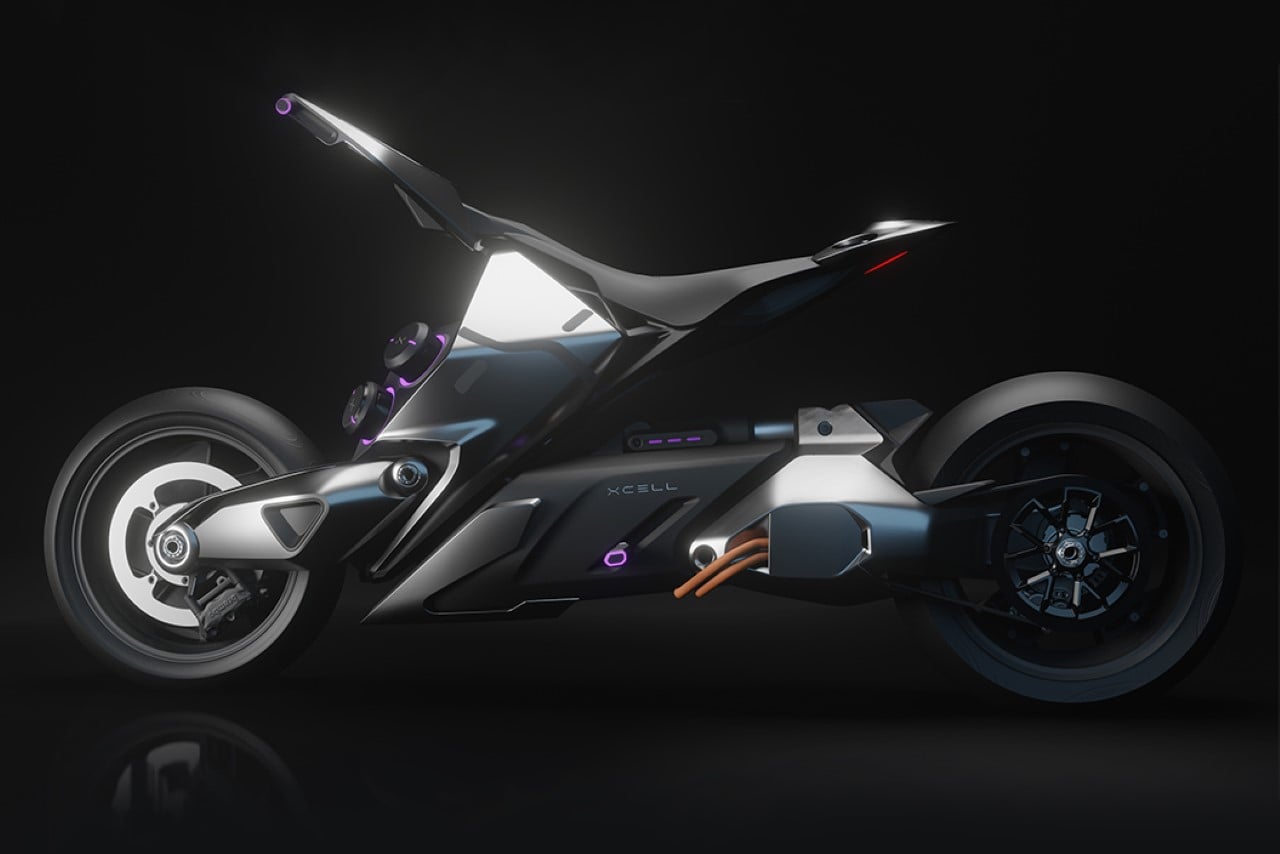
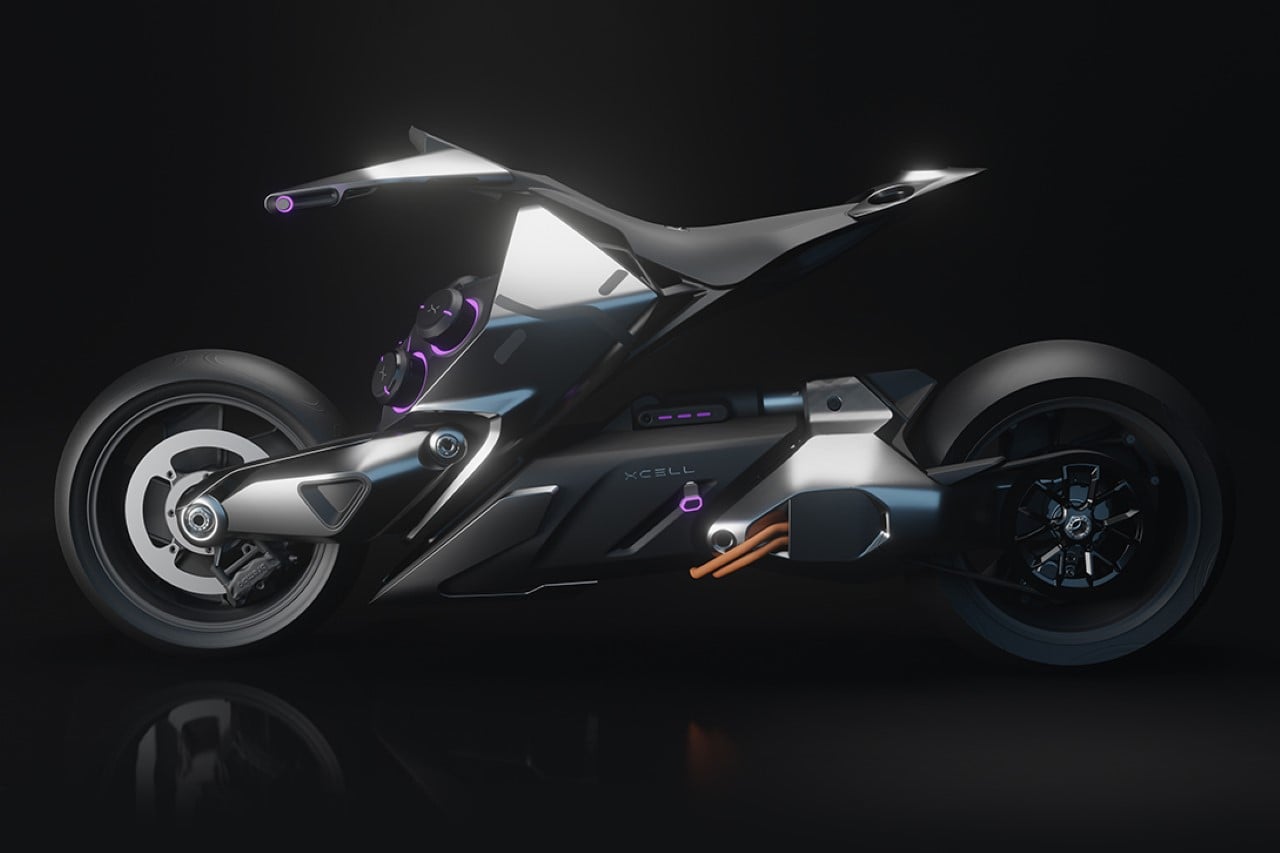
Another large component of the XCELL is driver safety and comfort. The motorbike’s unique design seats one and comes with an adjustable riding triangle (seat, bar, footpeg). The handlebars move forward and backward, allowing you to change your riding stance, opting for either a traditional stance or leaning forward for a more racing-like aerodynamic seating position.
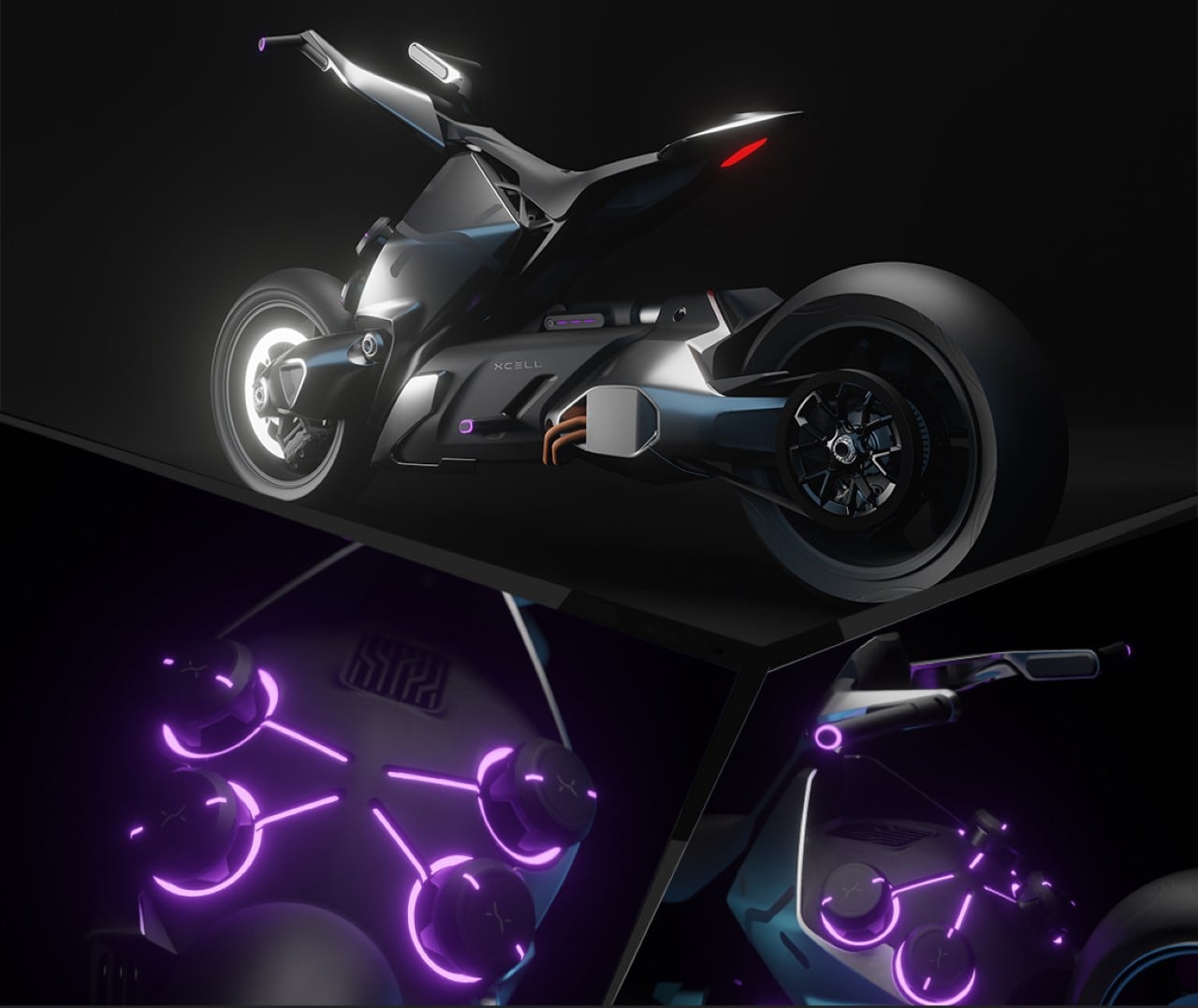
Which brings us to driver safety, an area where the XCELL has some undoubtedly bold ideas. “XCELL is equipped with an intelligent active safety system that provides riders with timely obstacle feedback based on road conditions, allowing blind bend prediction for cars, people and obstacles”, say the makers. The motorcycle comes with its own drone that sits right above the taillight (shown below), which takes off and flies ahead of the rider, capturing the road ahead as well as obstacles around corners. This data is fed to the XCELL’s holographic display that allows the rider to make informed decisions by knowing what they otherwise wouldn’t know. Pair this with powerful laser headlights and night vision assistance and you’ve got yourself a motorcycle that makes riding dramatically safer by providing crucial information to help riders make more informed decisions while on the road.
The XCELL is a winner of the Red Dot Design Concept for the year 2022.
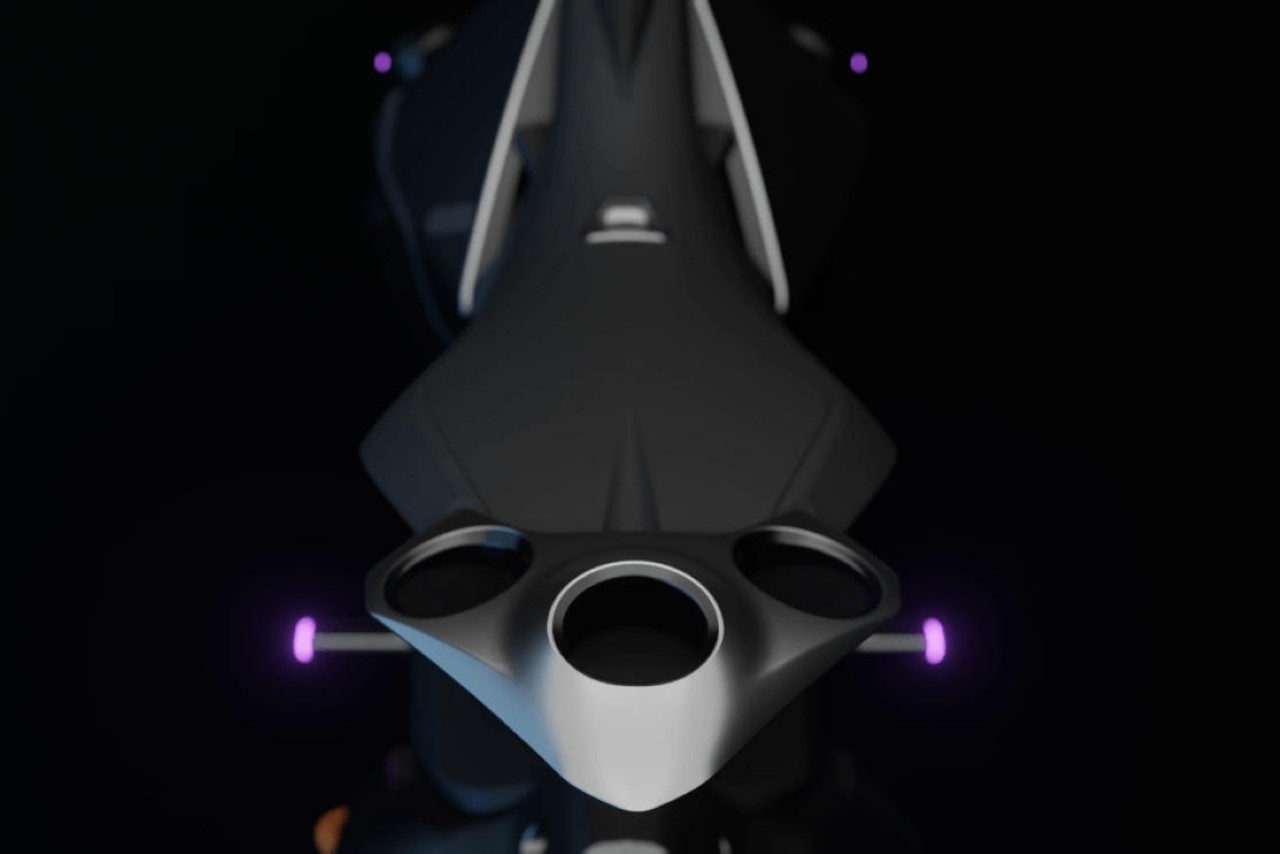
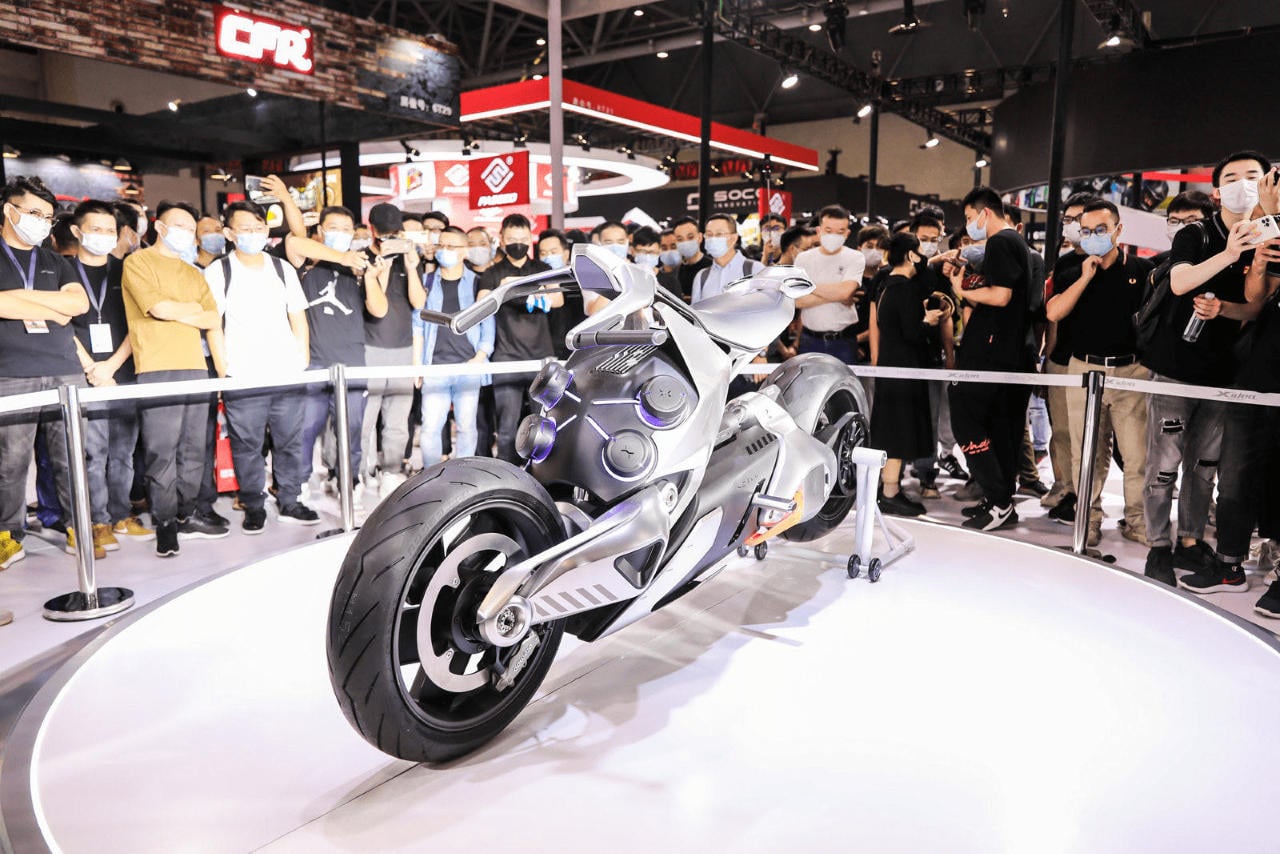
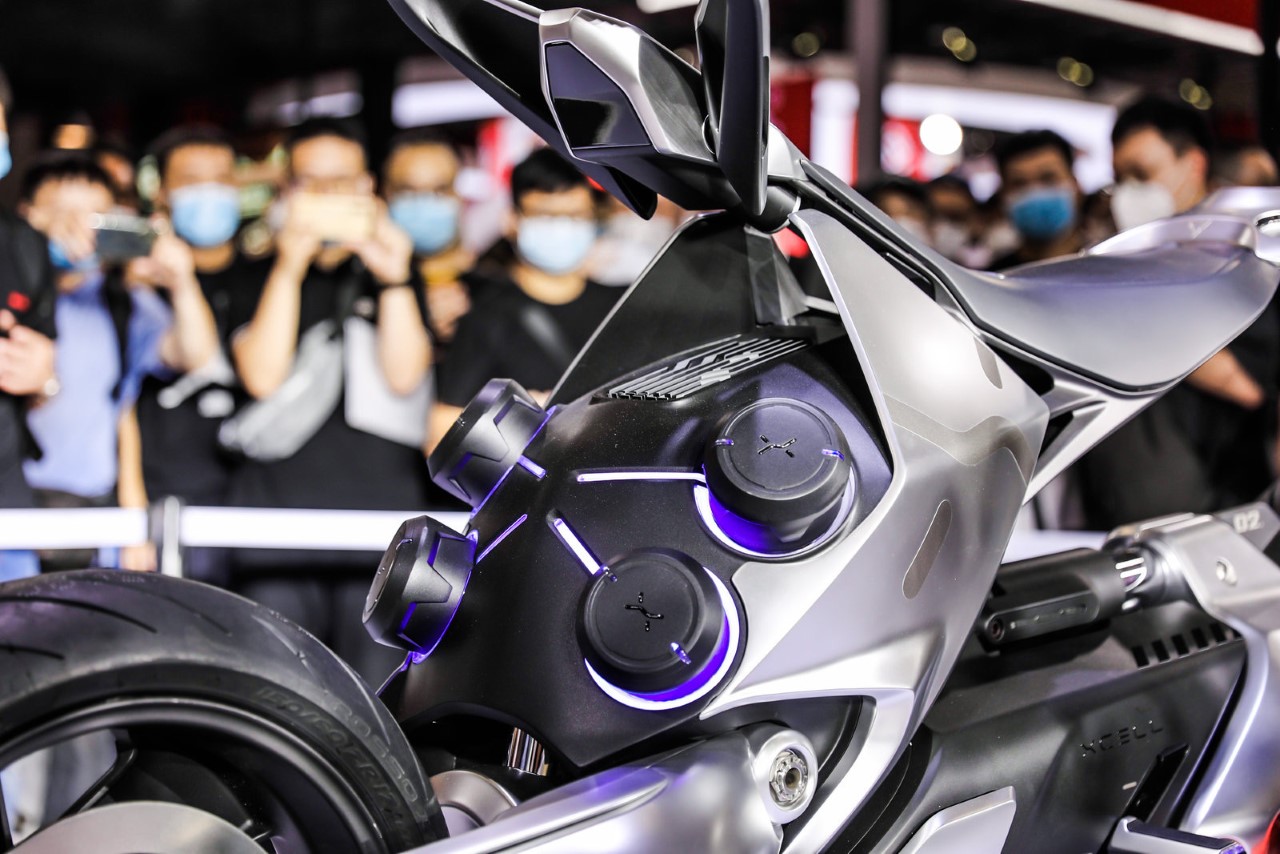
A close-up look at the hydrogen fuel cells on the XCELL motorcycle.
The post Ultra-futuristic hydrogen fuel motorcycle concept with a holographic display lets you see around corners first appeared on Yanko Design.
